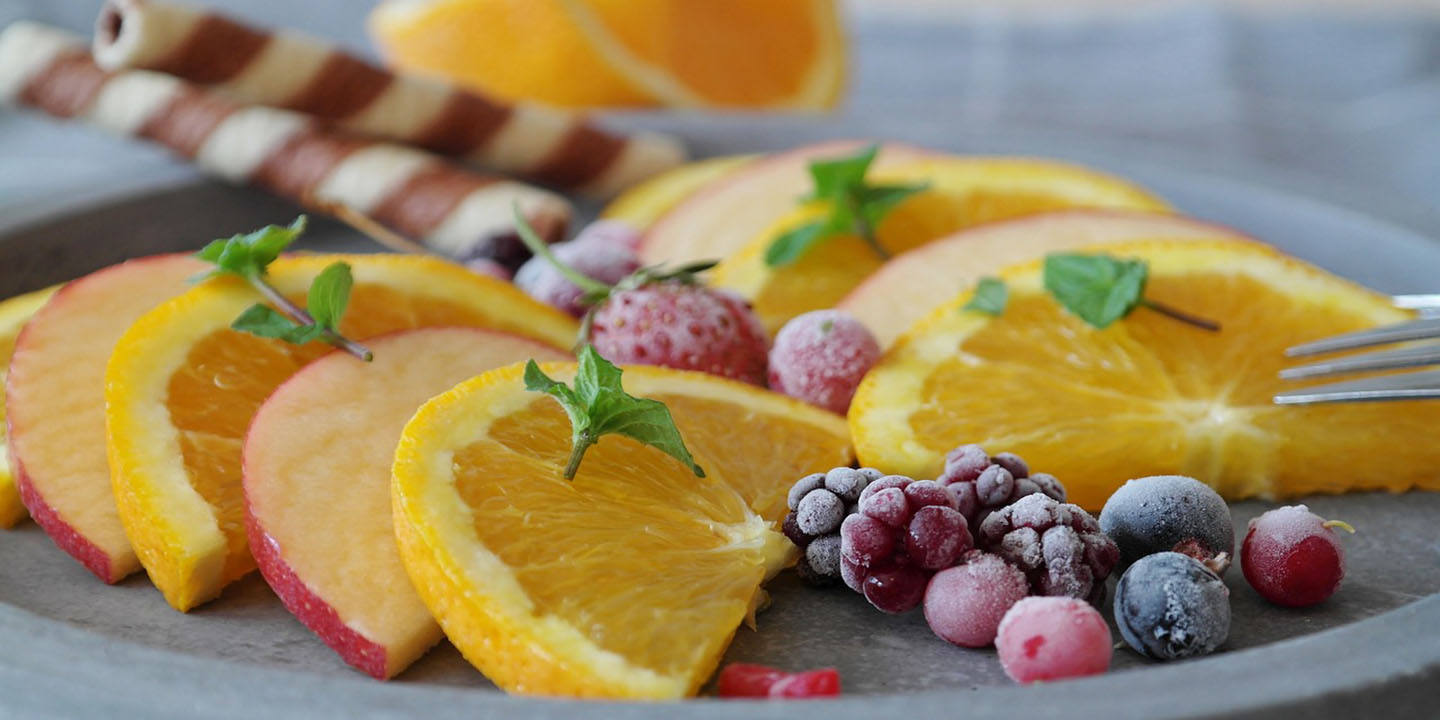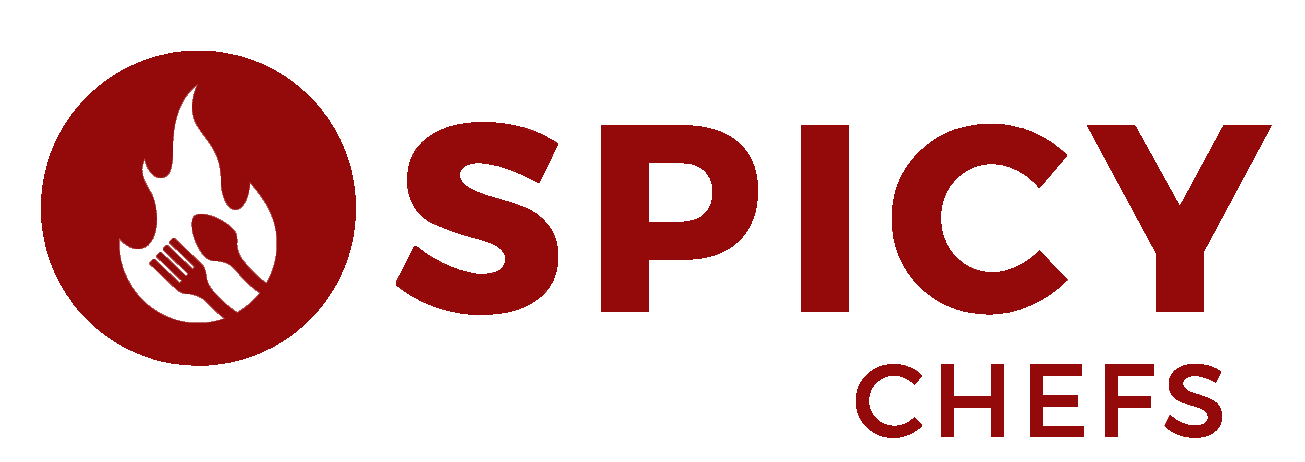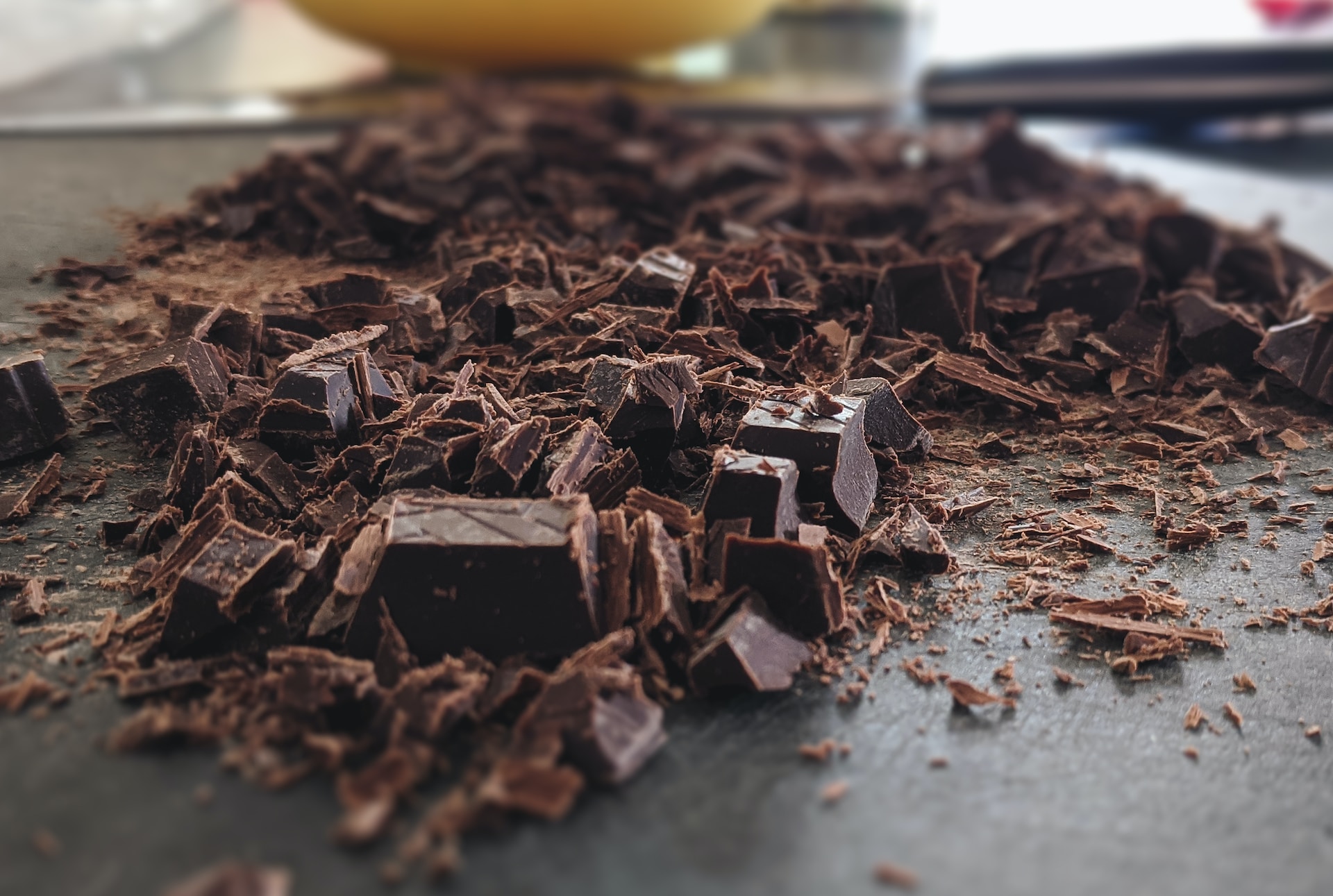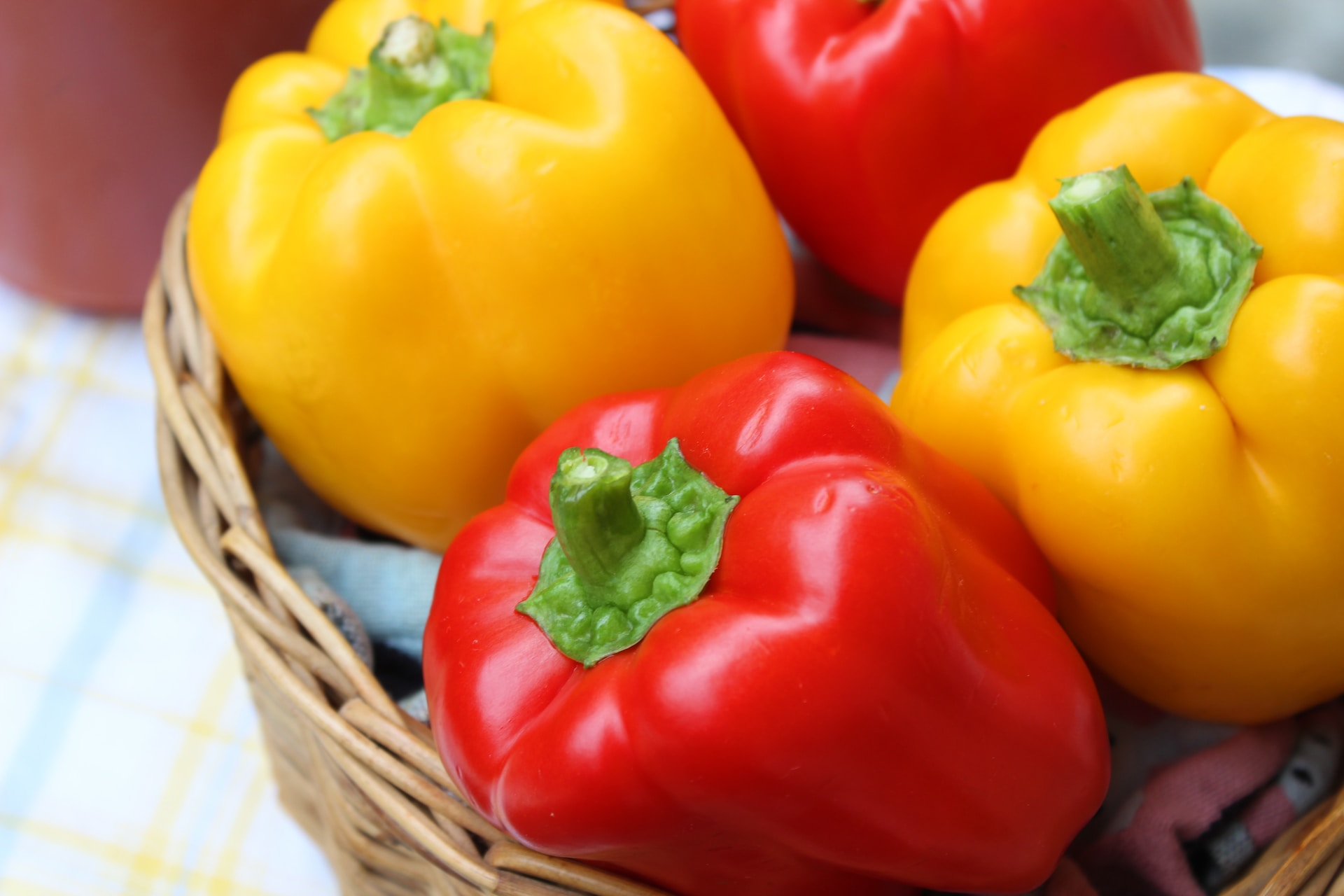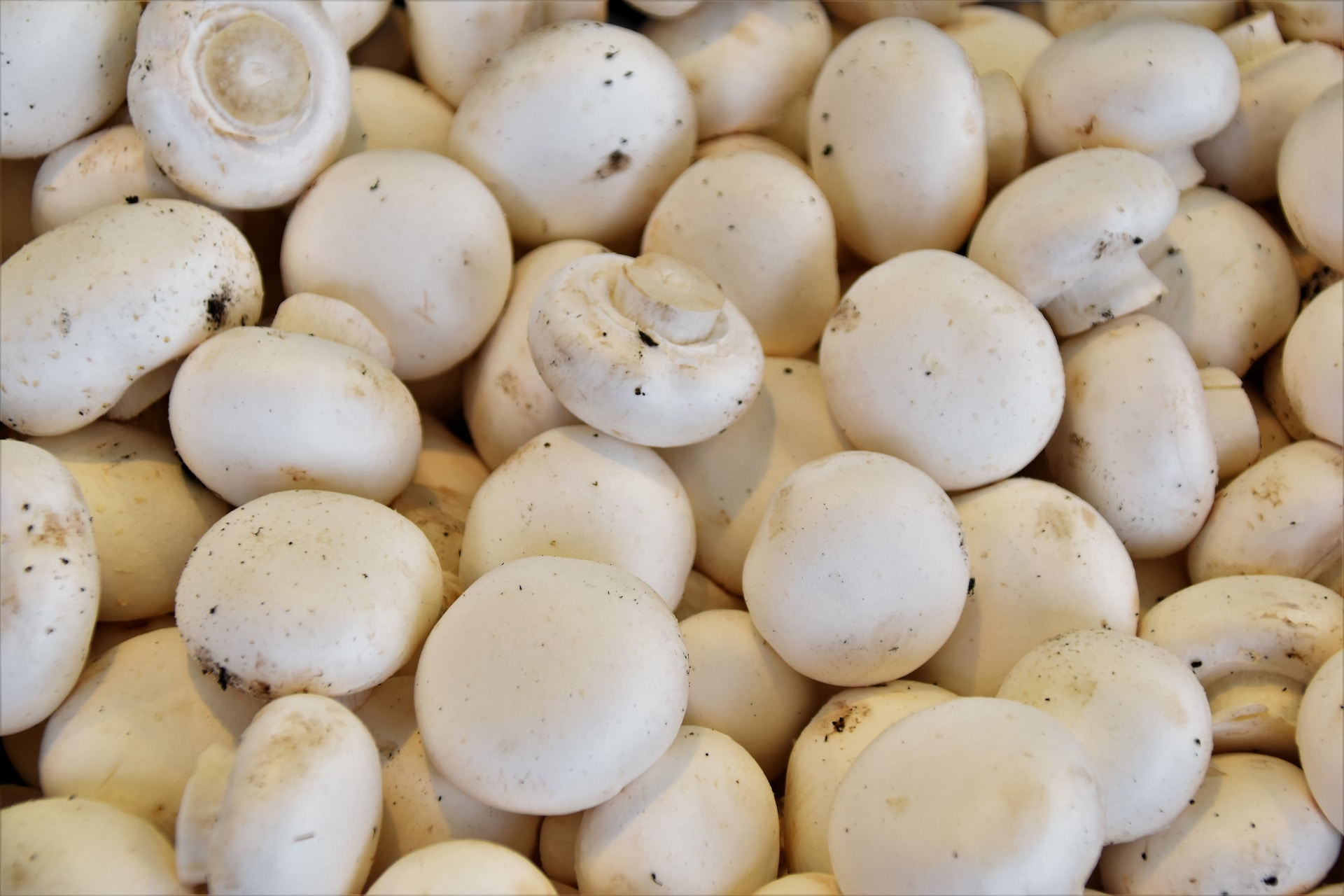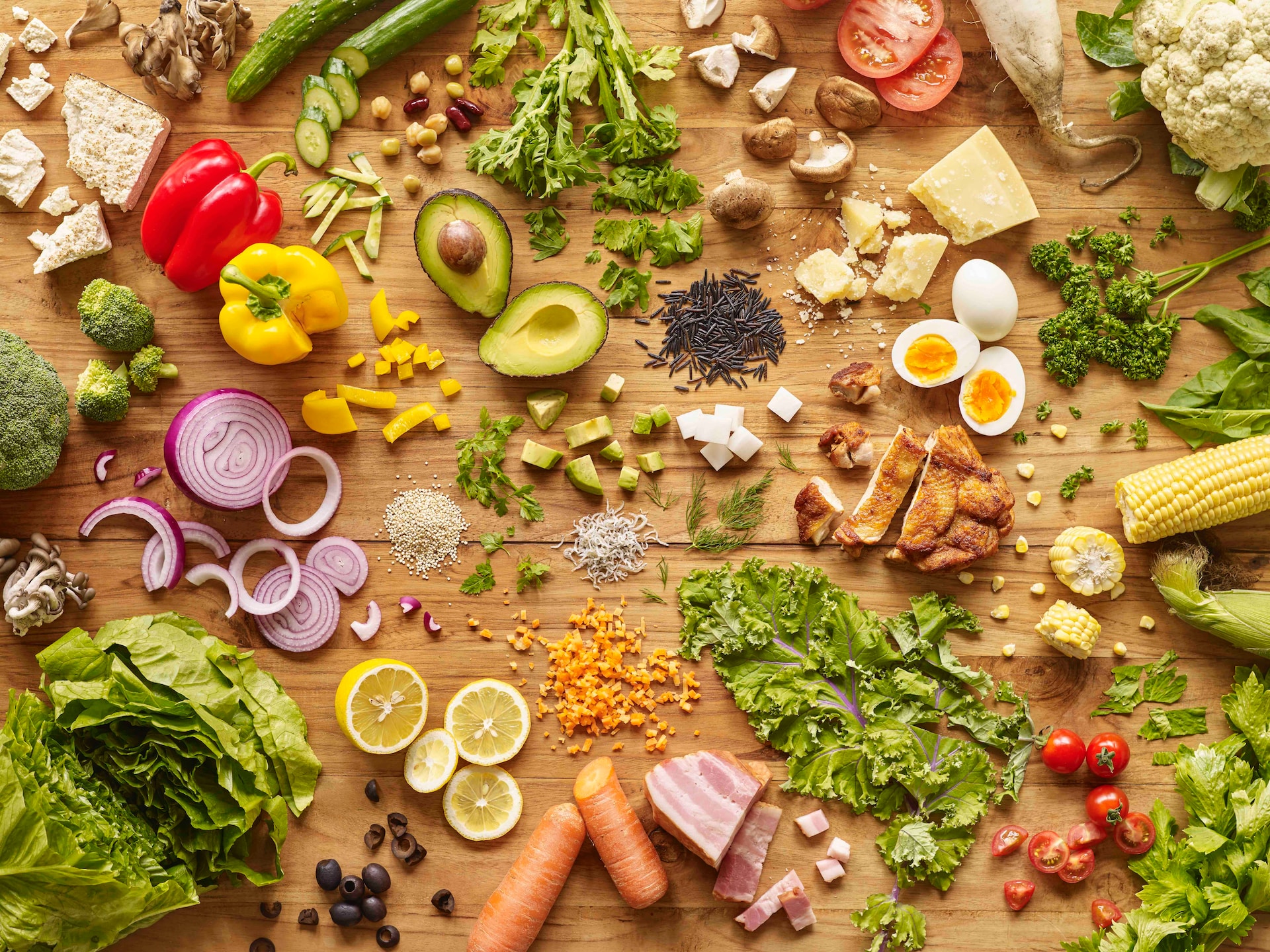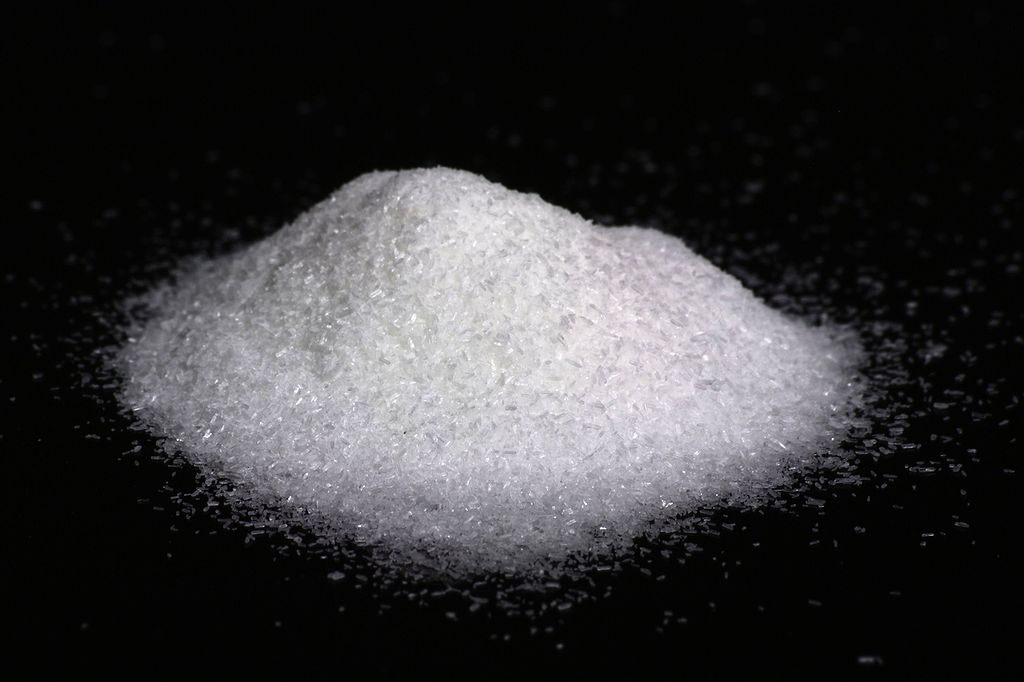Did you know that bananas are considered radioactive? Or that coffee beans aren't technically "beans" at all? Well, today you're going to expand your knowledge of food because we're sharing with you 45 totally random but interesting facts about food. Get ready to learn something cool to share with all of your friends!
1. The Color-Changing Magic of Blueberries
Blueberries can act like a natural pH indicator, changing color based on the acidity of what they're mixed with. In an alkaline environment, they turn green, while in an acidic setting, they display a vibrant red hue. This makes them not just delicious, but also a fascinating addition to experimental cooking.
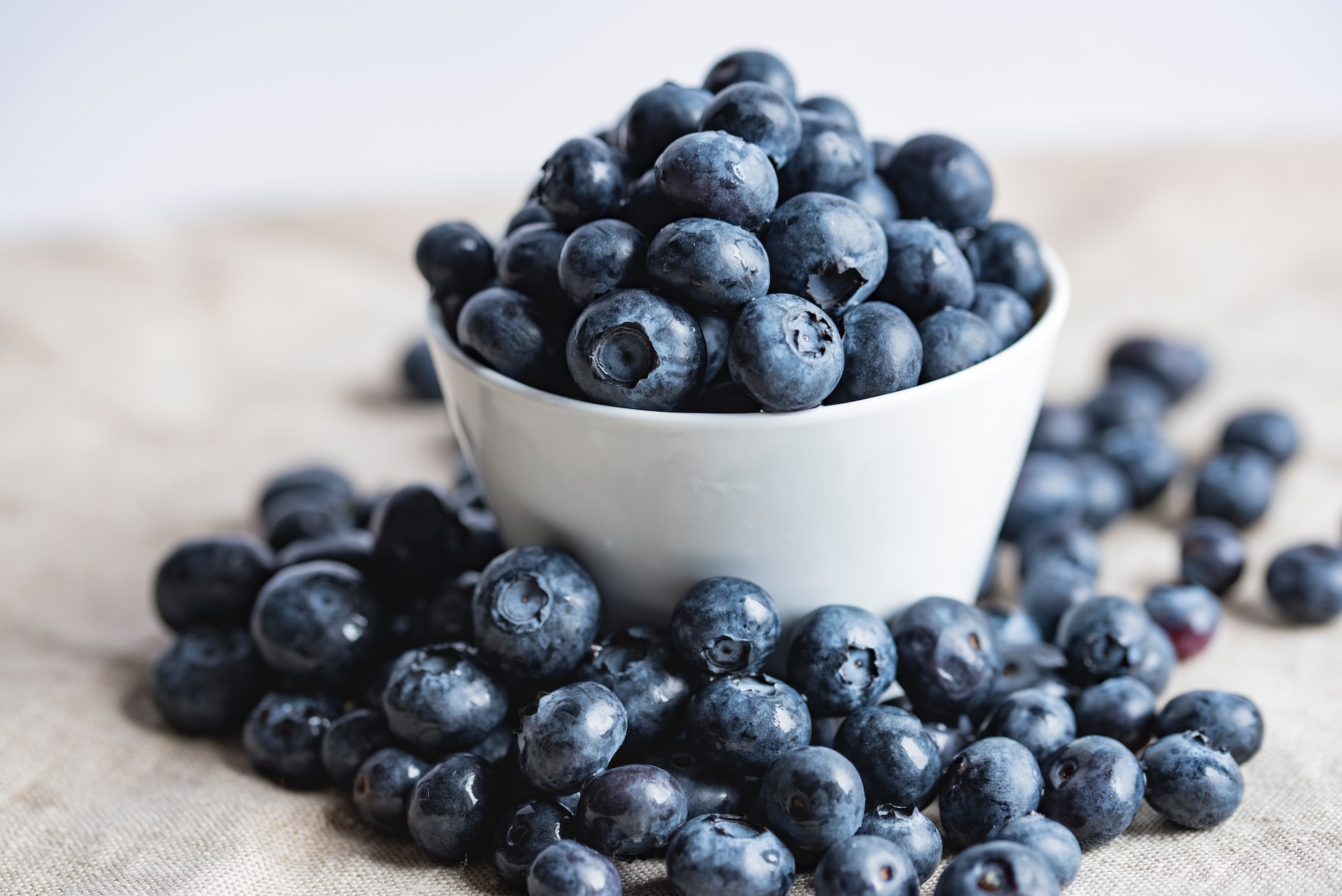 Photo by Joanna Kosinska on Unsplash
Photo by Joanna Kosinska on Unsplash
2. Honey's Immortality
Honey is known for its incredible shelf life, and it can remain edible for thousands of years. This is due to its unique composition, which is naturally low in moisture and high in sugar, making it a hostile environment for bacteria and microorganisms.
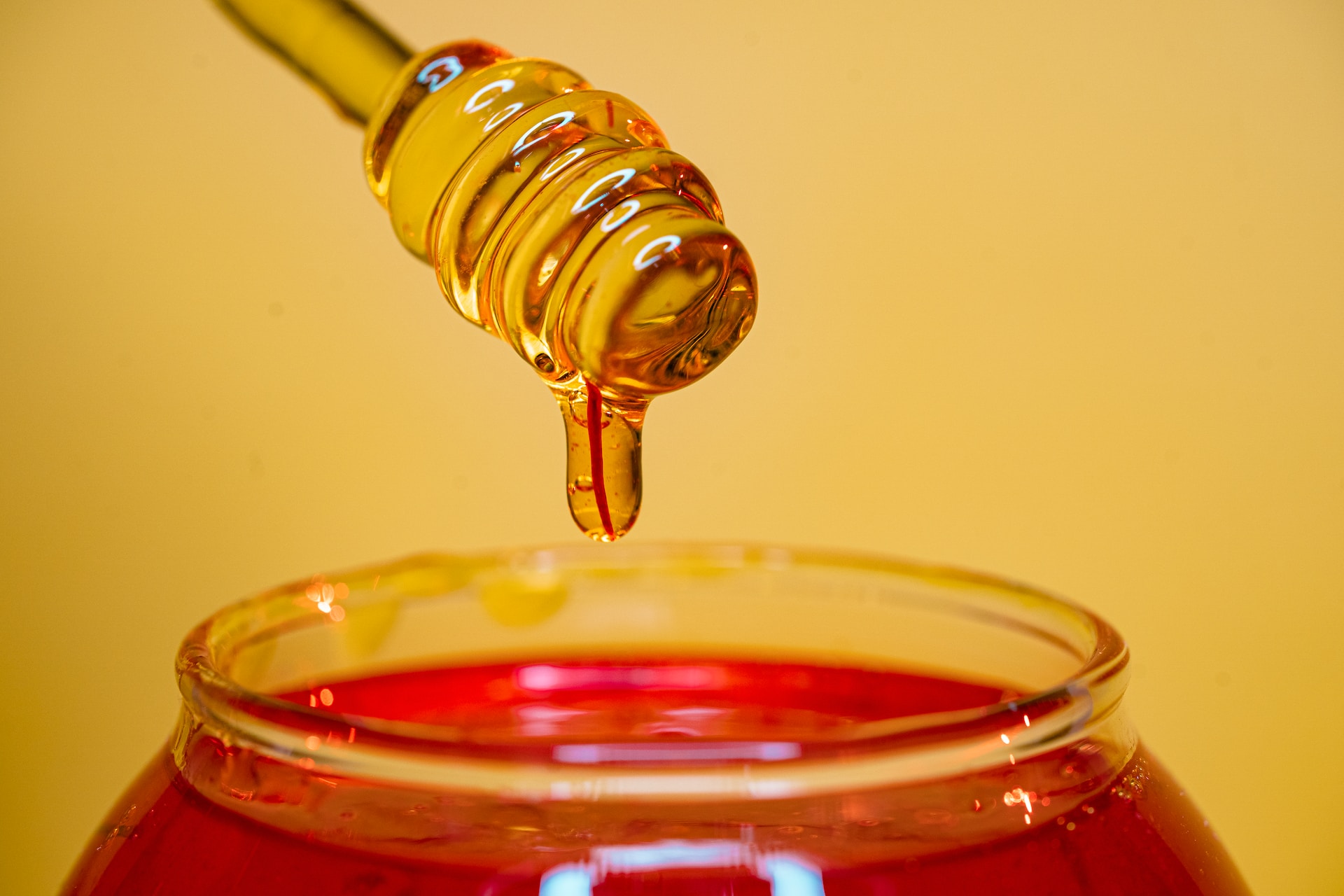 Photo by Benyamin Bohlouli on Unsplash
Photo by Benyamin Bohlouli on Unsplash
3. The Spicy Heat of Peppers
The heat of a chili pepper isn't actually a taste but a sensation caused by capsaicin. This chemical binds to pain receptors in our mouths, tricking our brains into thinking our mouths are burning. The heat level can be measured using the Scoville scale.
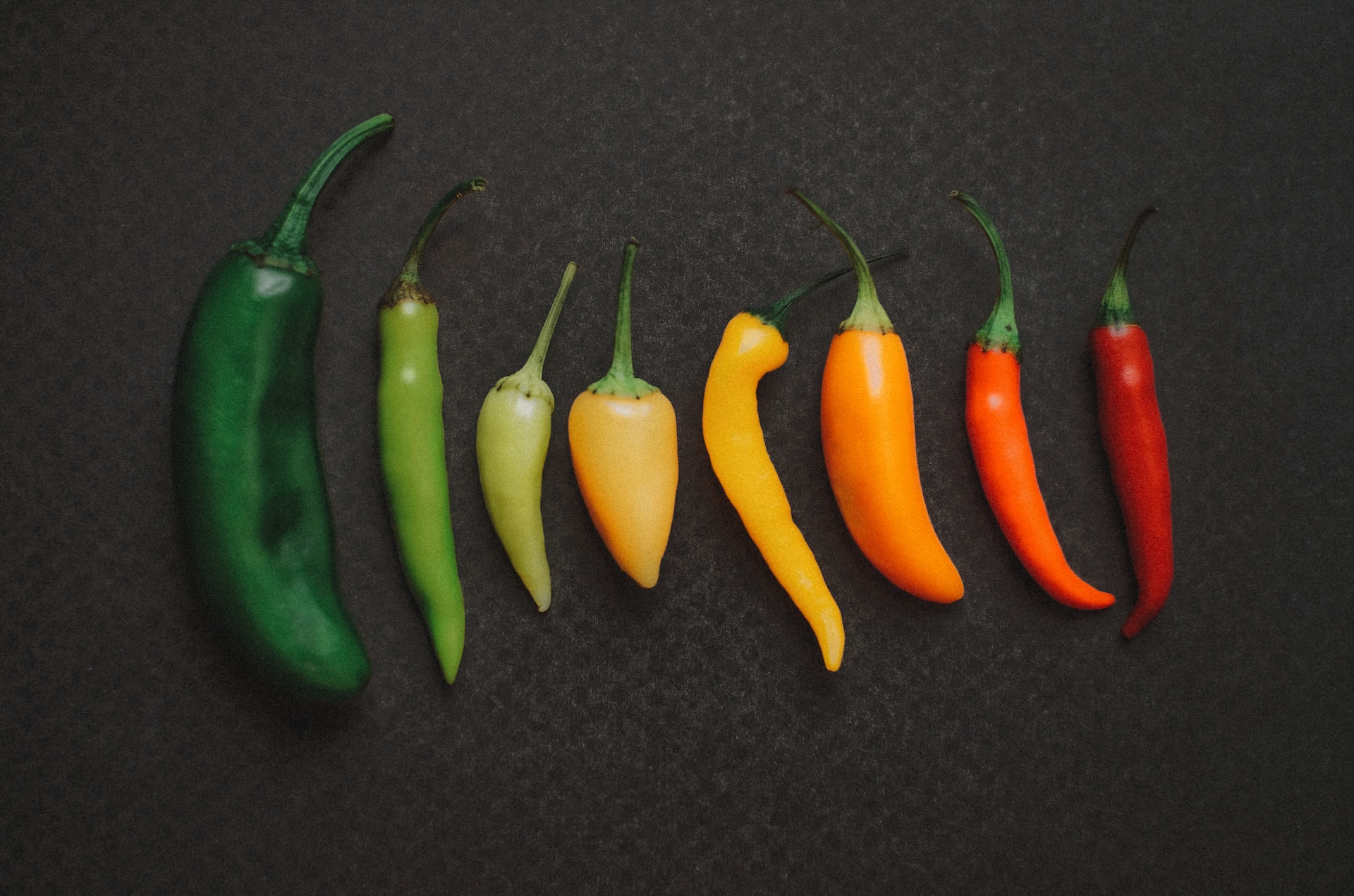 Photo by Viktor Forgacs on Unsplash
Photo by Viktor Forgacs on Unsplash
4. Bananas: The Radioactive Fruit
Bananas contain a small amount of the radioactive isotope potassium-40, making them slightly radioactive. However, the level is so low that it poses no health risk. This fact often makes bananas a fun example in discussions about everyday radiation exposure.
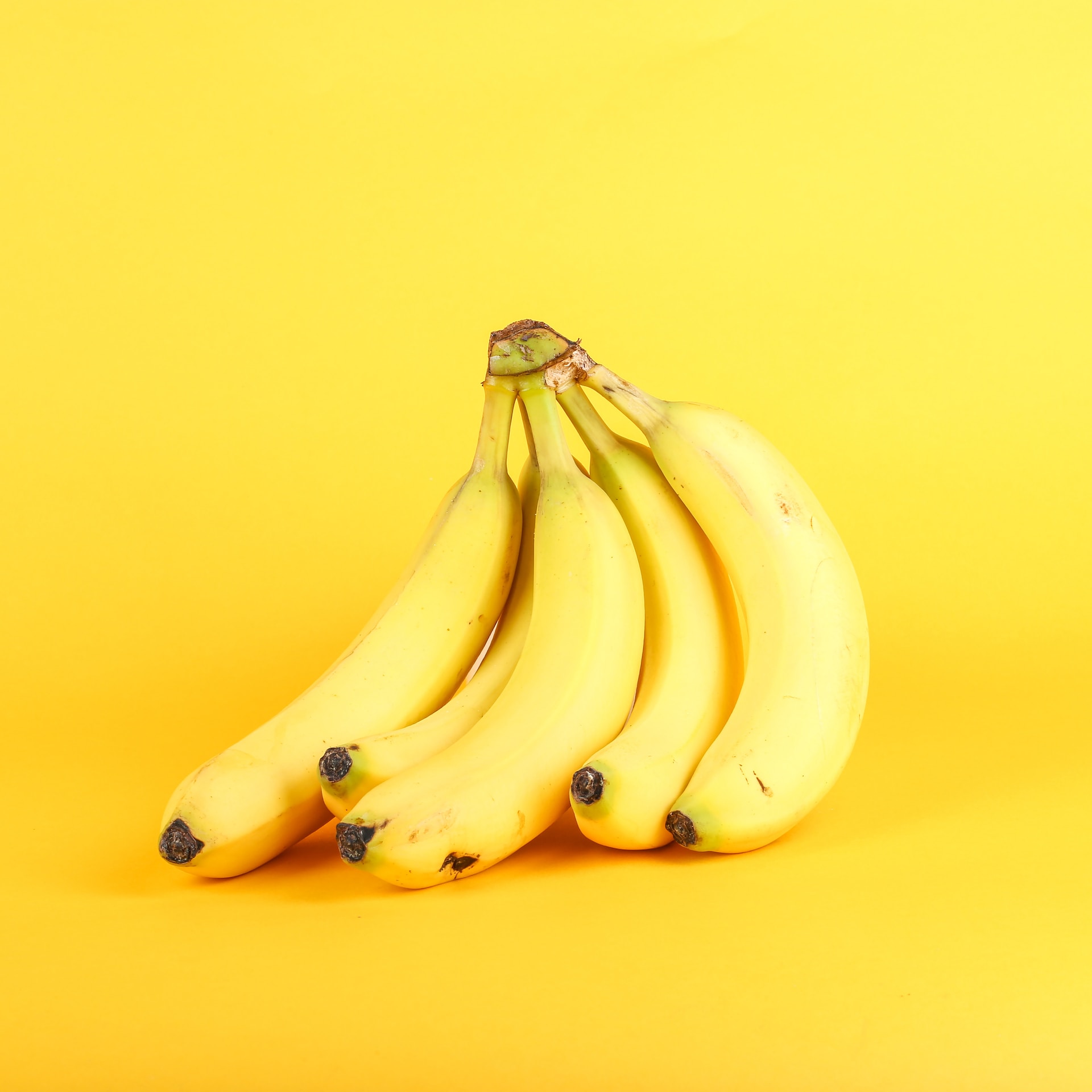 Photo by Giorgio Trovato on Unsplash
Photo by Giorgio Trovato on Unsplash
5. The Expensive Saffron Spice
Saffron is known as the world's most expensive spice. Its high cost is due to the labor-intensive process of harvesting the stigmas of the crocus flower by hand. It takes about 75,000 flowers to produce just one pound of saffron.
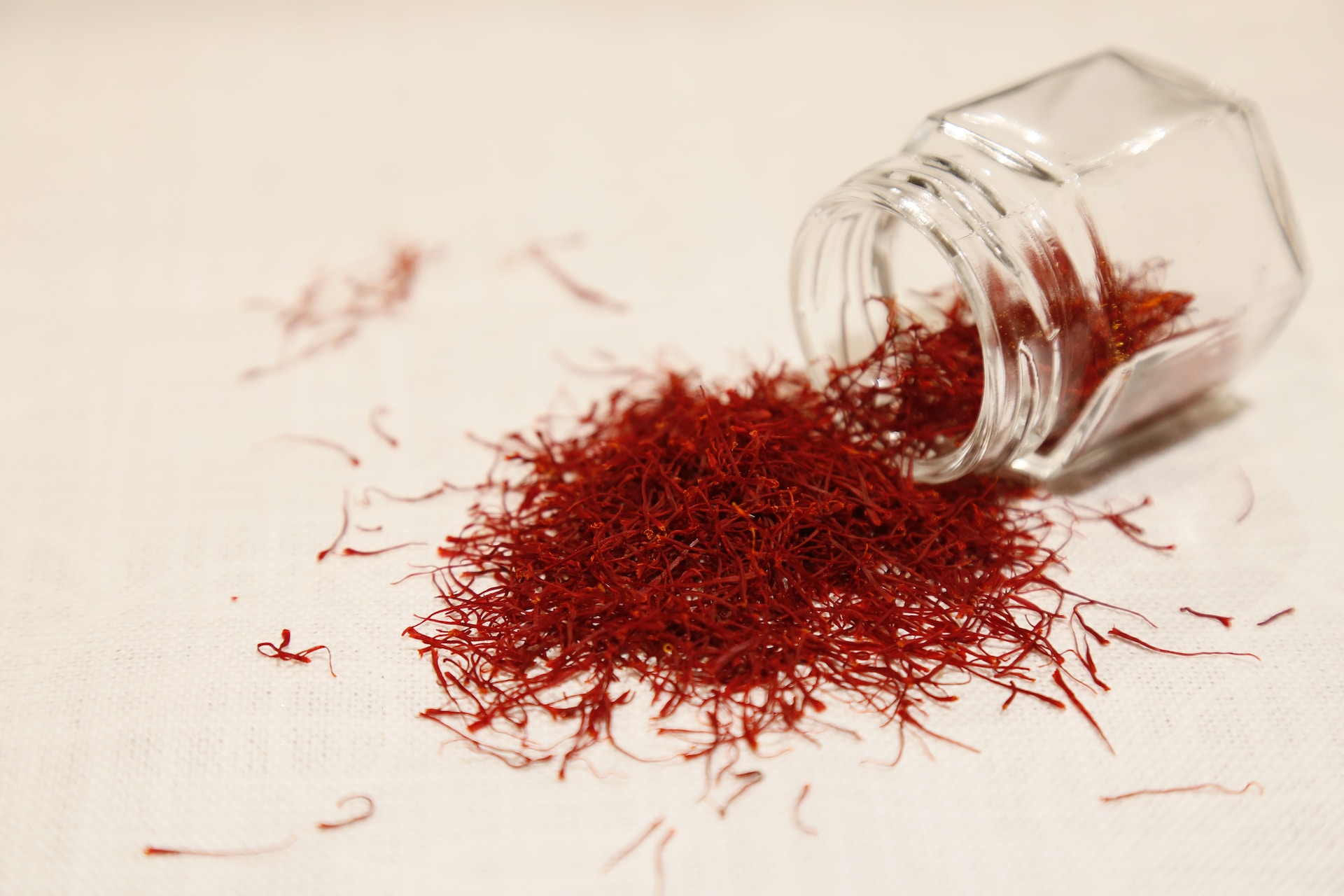 Photo by Syed F Hashemi on Unsplash
Photo by Syed F Hashemi on Unsplash
6. Pineapples: The Meat Tenderizers
Pineapple contains an enzyme called bromelain, which can break down proteins. This is why it's an excellent meat tenderizer but also why fresh pineapple can make your mouth feel sore, as it starts breaking down proteins in your mouth as well.
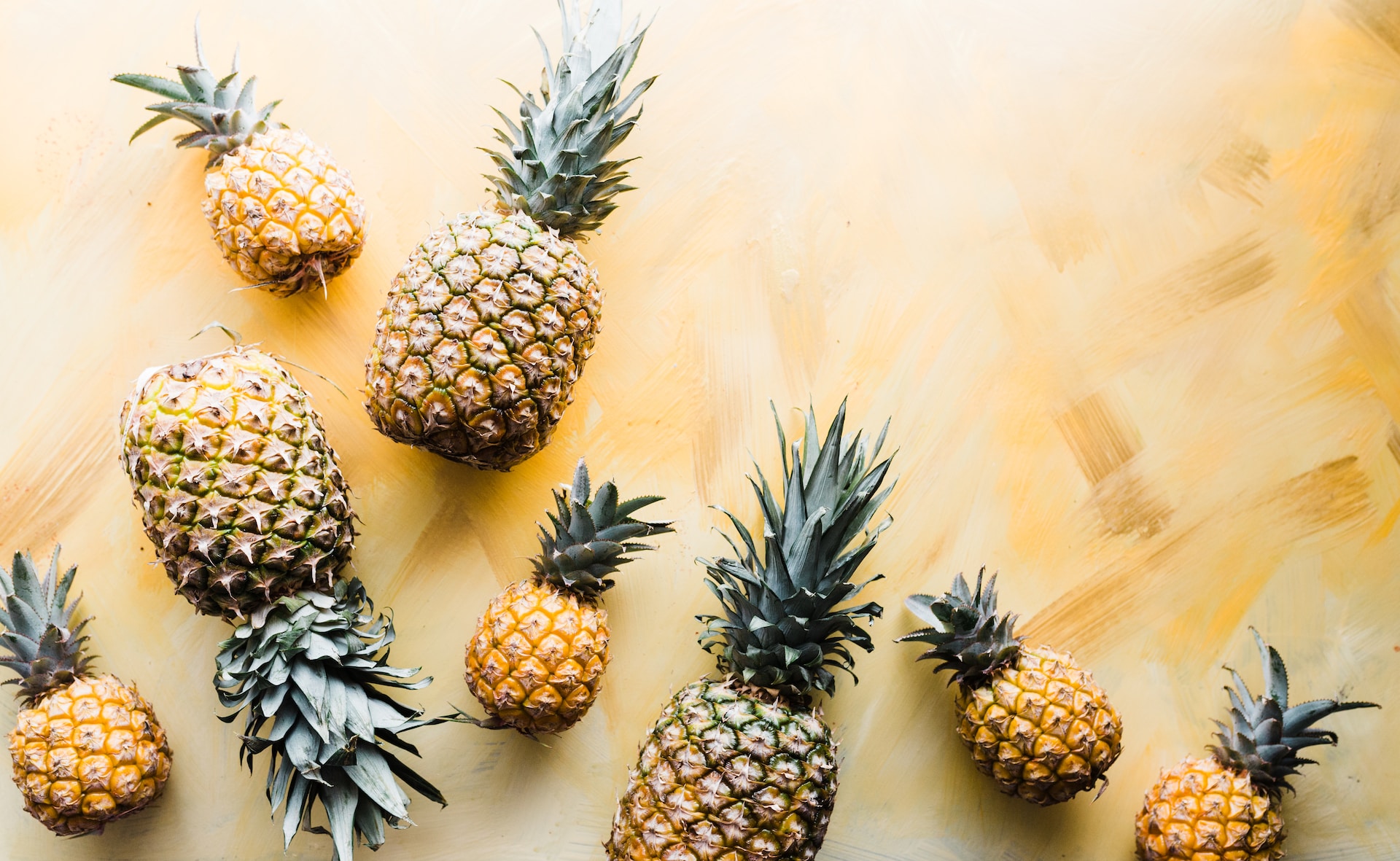 Photo by Brooke Lark on Unsplash
Photo by Brooke Lark on Unsplash
7. Coffee Beans Aren't Beans
Despite their name, coffee beans are not beans at all. They are actually the seeds of the coffee cherry, a type of fruit. The beans are the pit inside the red or purple fruit often referred to as a cherry.
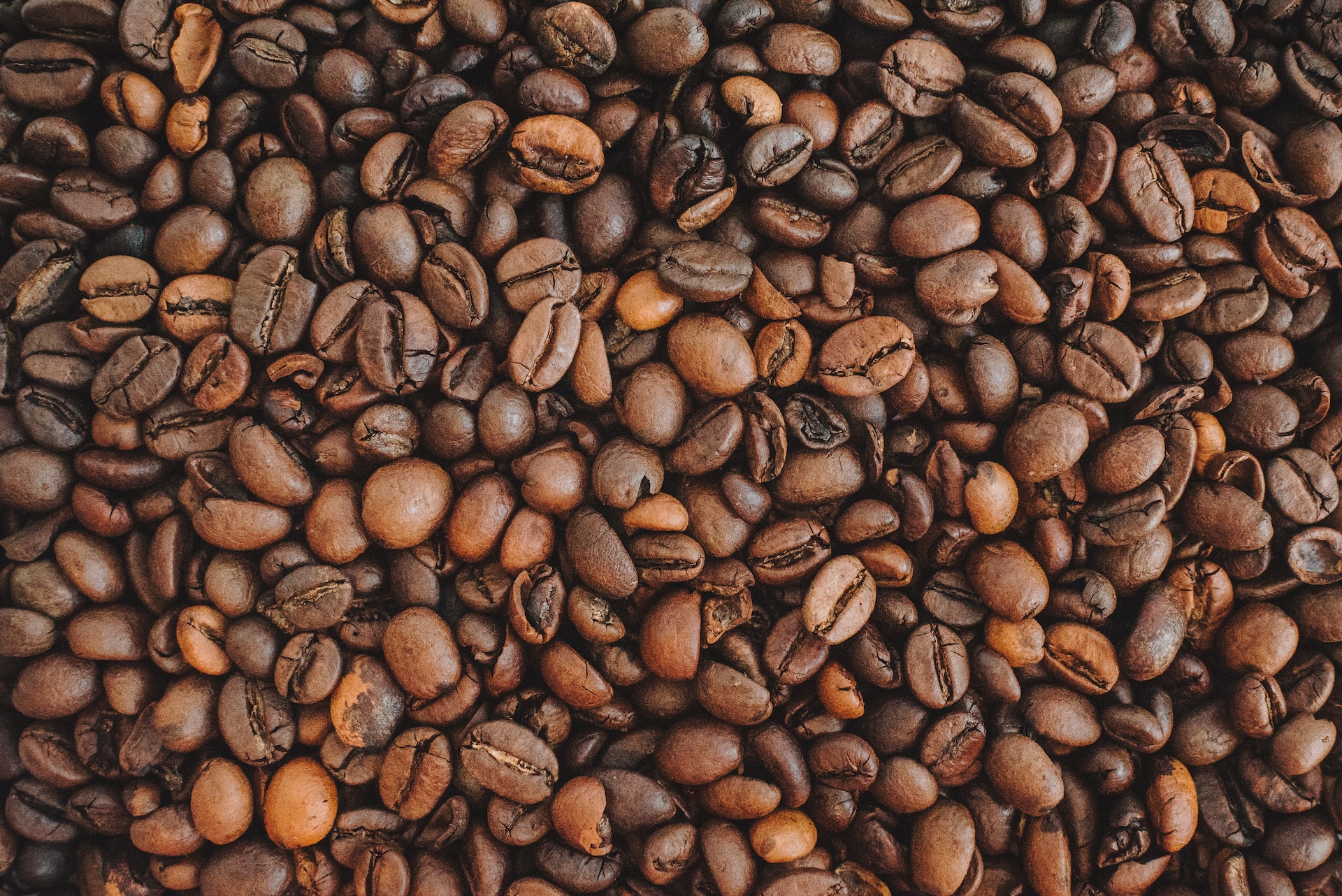 Photo by Anastasiia Chepinska on Unsplash
Photo by Anastasiia Chepinska on Unsplash
8. The Floating Egg Freshness Test
You can test an egg’s freshness using a simple water trick. Place it in a bowl of water; fresh eggs will sink, while older eggs will float. This happens because as eggs age, they lose moisture and air replaces it, making them buoyant.
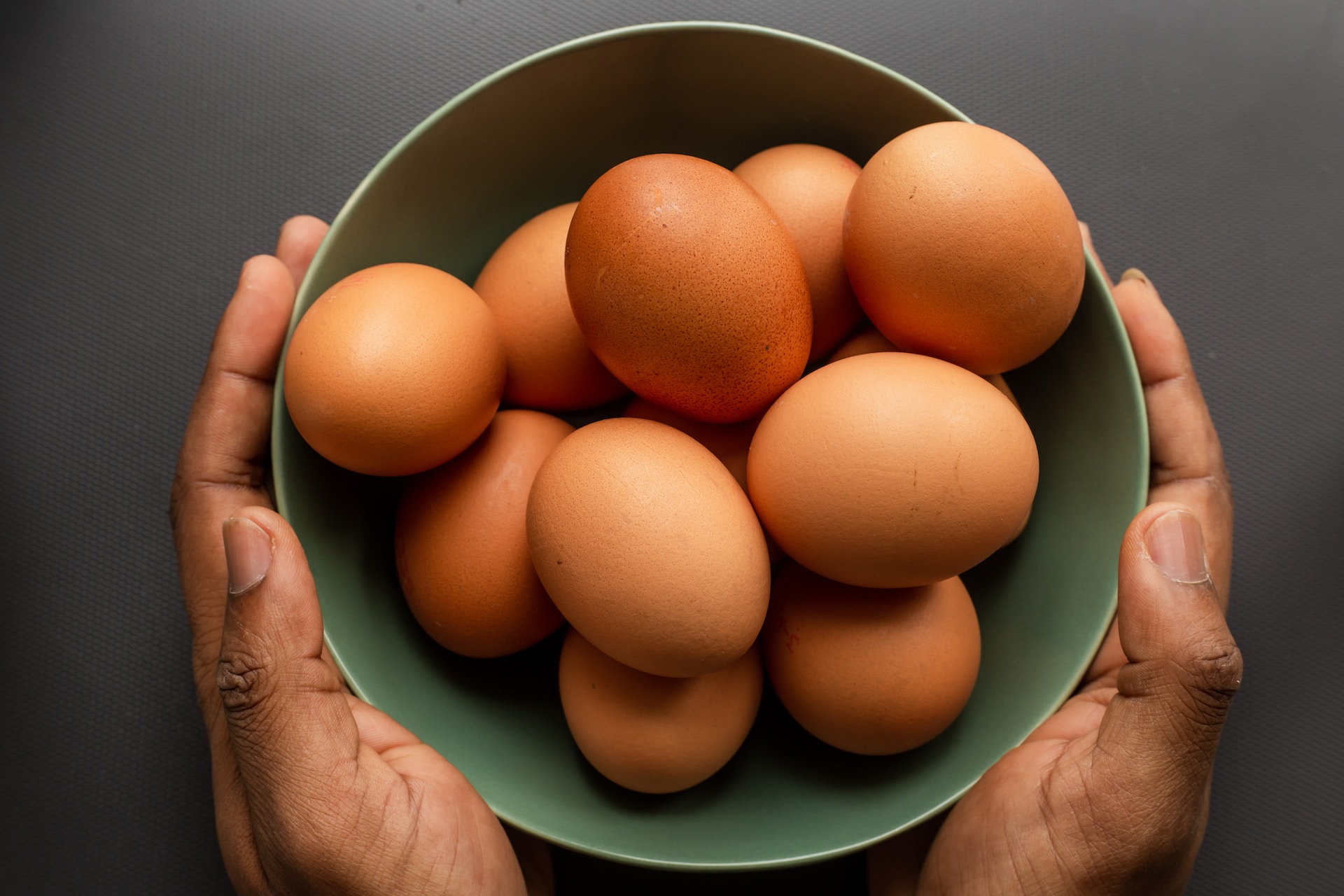 Photo by Louis Hansel on Unsplash
Photo by Louis Hansel on Unsplash
9. The Buzzing World of Bees
To produce a single pound of honey, a hive of bees must fly about 55,000 miles and visit two million flowers. This is a testament to the bees' hard work and the intricate process involved in honey production.
 Photo by Bianca Ackermann on Unsplash
Photo by Bianca Ackermann on Unsplash
10. The Pungency of Garlic and Onions
Garlic and onions get their characteristic flavors from sulfur-containing compounds. These compounds are released when the cells are broken by cutting or crushing, which is why these vegetables become more pungent when chopped.
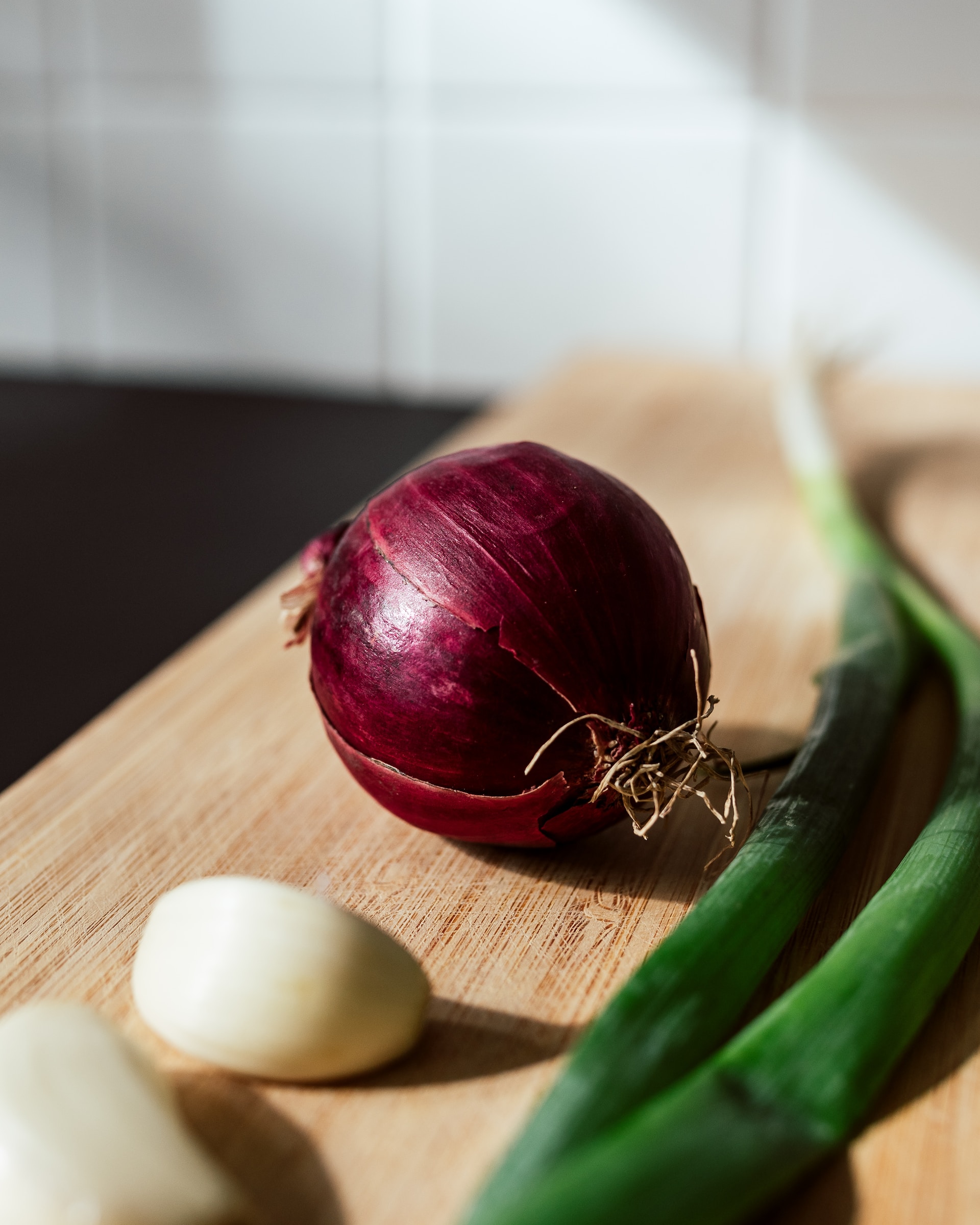 Photo by Justus Menke on Unsplash
Photo by Justus Menke on Unsplash
11. The Versatile Vanilla Bean
Vanilla, commonly used in desserts, comes from the pod of an orchid. This makes it the only fruit-bearing member of the orchid family and one of the few orchid varieties that have a significant agricultural value.
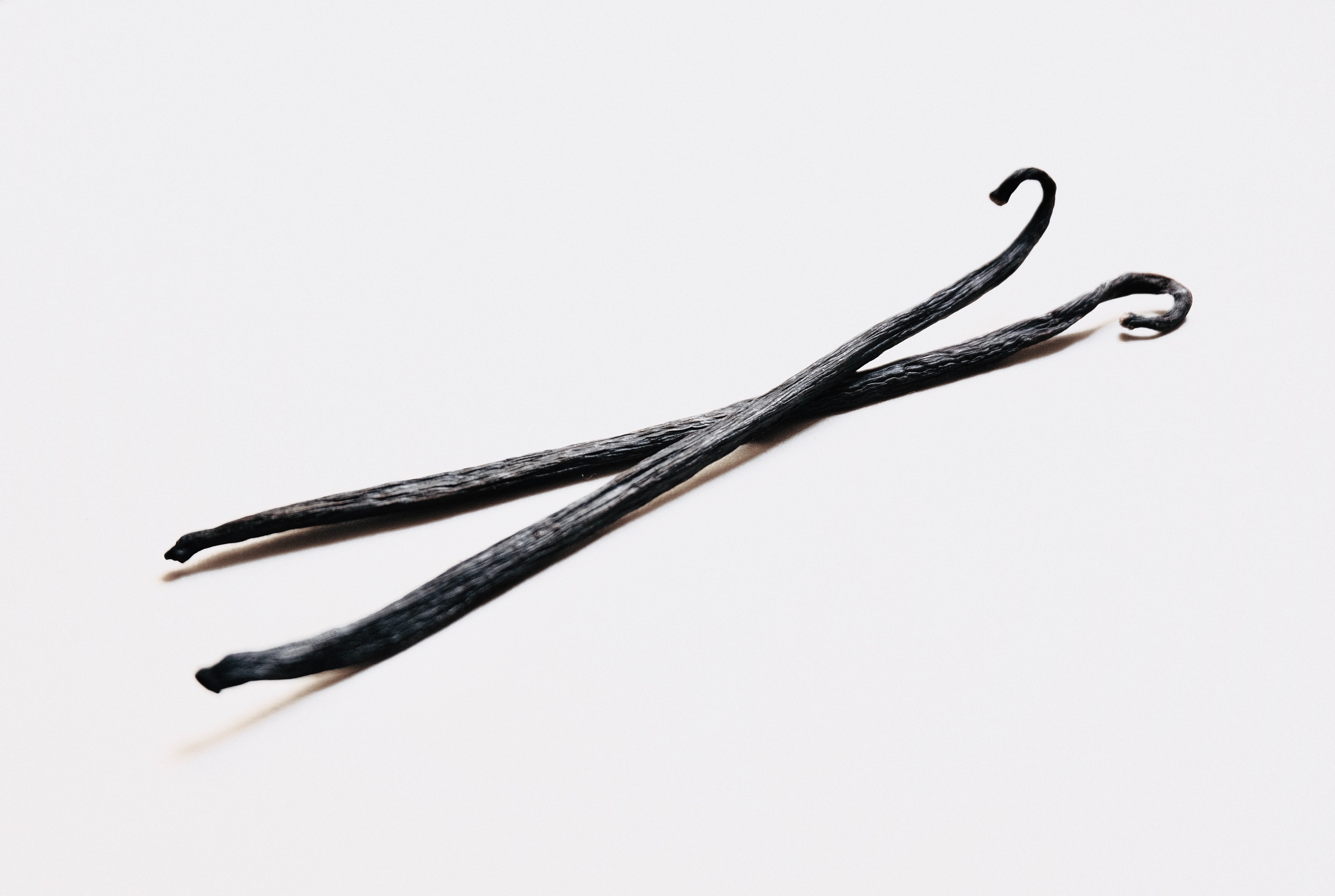 Photo by Jocelyn Morales on Unsplash
Photo by Jocelyn Morales on Unsplash
12. Almonds: The Fruit Disguised as a Nut
Almonds are commonly thought to be nuts, but they are actually the seeds of a fruit. The almond tree produces fruits with a hard shell, which encases the edible seed we know as the almond.
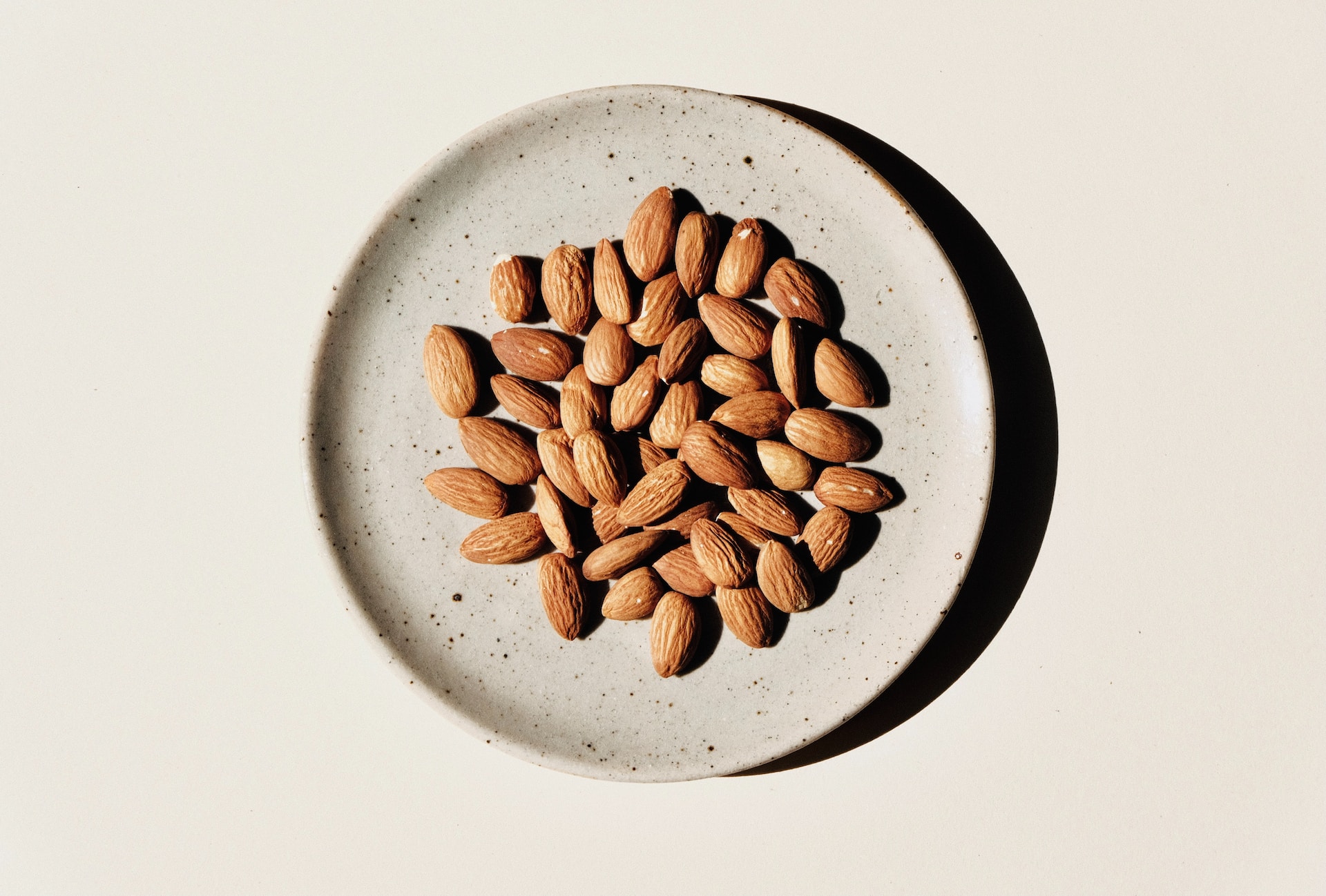 Photo by Jocelyn Morales on Unsplash
Photo by Jocelyn Morales on Unsplash
13. The Natural Wax of Apples
Apples have a natural wax coating that protects them from moisture loss and keeps them fresh. Sometimes, additional wax is added after harvest for extra shine and preservation, but the original wax is completely natural and safe to eat.
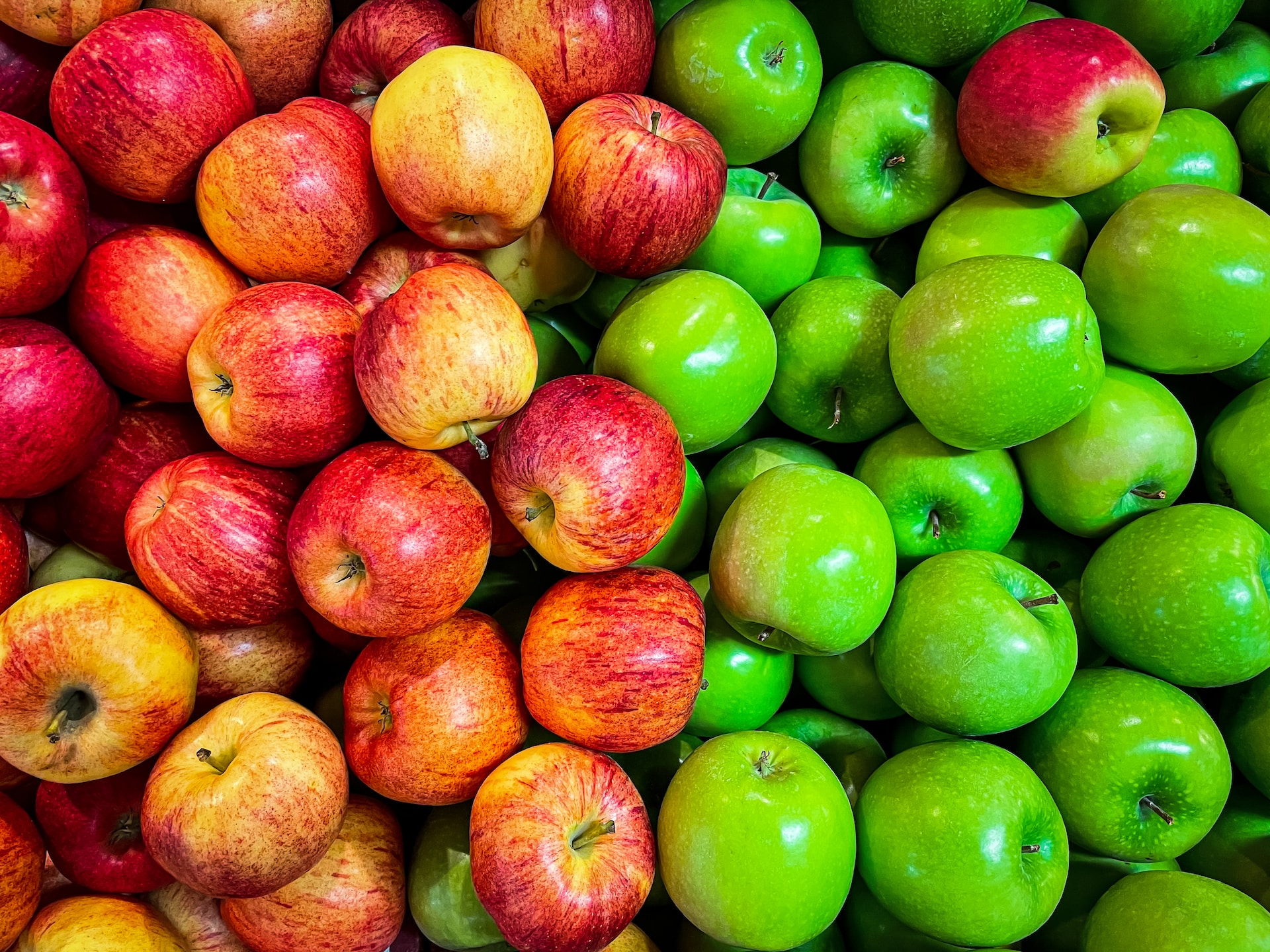 Photo by James Yarema on Unsplash
Photo by James Yarema on Unsplash
14. The Unexpected Origin of Carrots
Originally, carrots were not orange. They were primarily purple, white, and yellow. The orange carrot that we know today was developed in the 17th century in the Netherlands as a tribute to the House of Orange, the Dutch royal family.
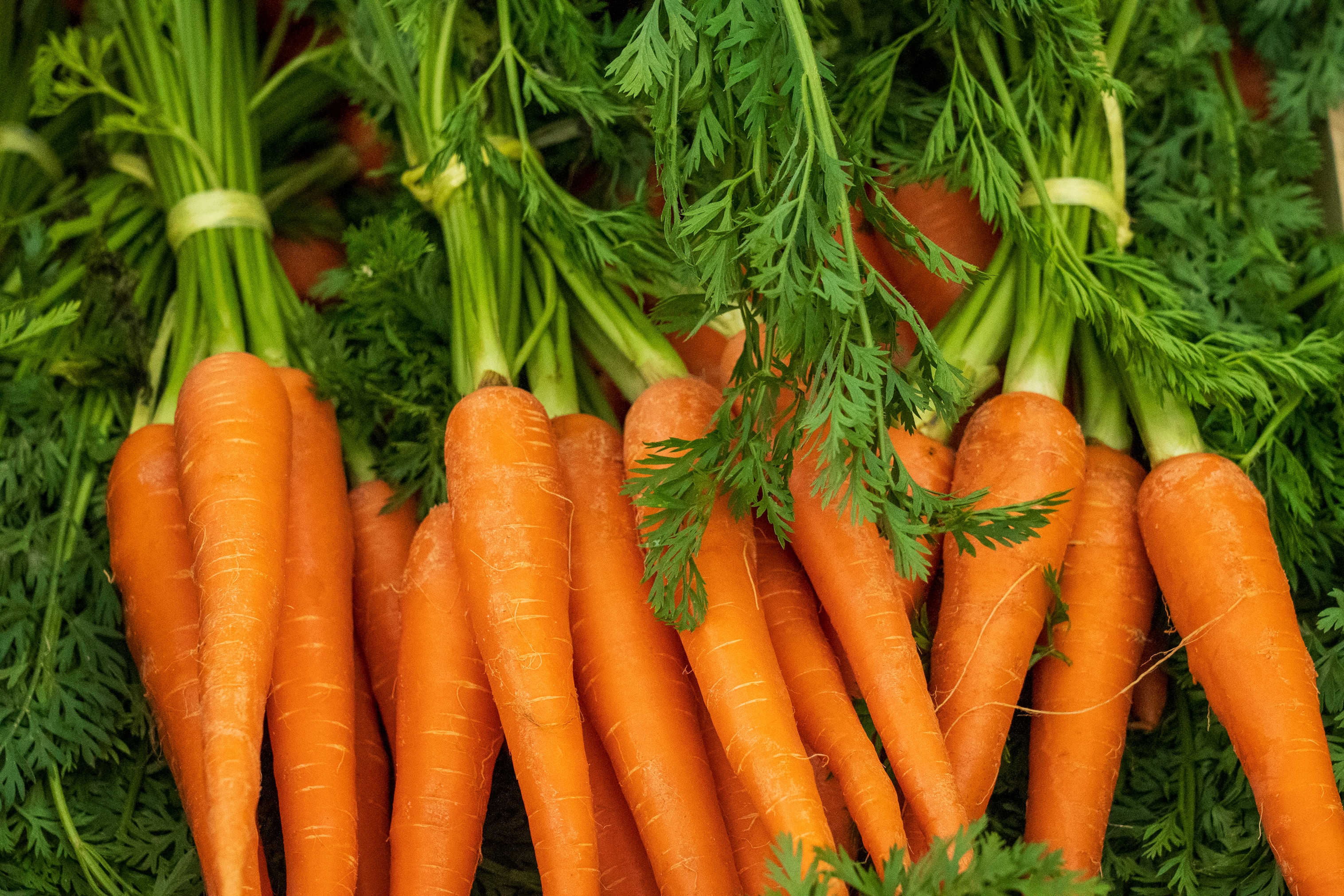 Photo by Nick Fewings on Unsplash
Photo by Nick Fewings on Unsplash
15. The Temperature-Sensitive Art of Chocolate
Chocolate is temperature sensitive, and the perfect melting point is just below the human body temperature, which is why it melts so delightfully in your mouth. The process of tempering chocolate is crucial in chocolate-making, as it stabilizes the cocoa butter crystals, giving the chocolate its smooth texture and glossy appearance.
16. The World's Heaviest Vegetable: The Pumpkin
Giant pumpkins can grow to enormous sizes, with the record-breaking ones weighing over a ton. These mammoth vegetables are the result of selective breeding and careful cultivation, making them stars at fall festivals and competitions.
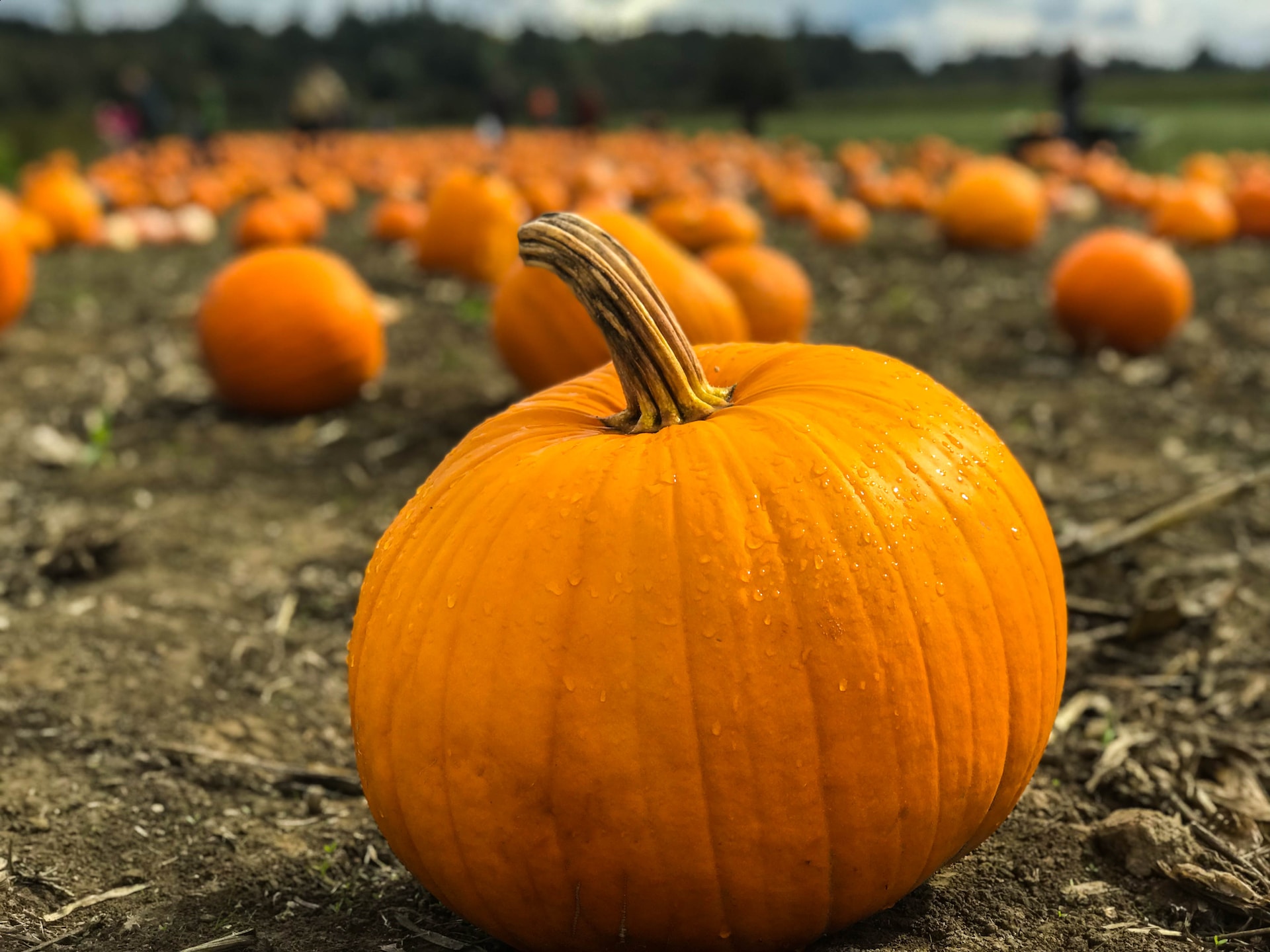 Photo by Marius Ciocirlan on Unsplash
Photo by Marius Ciocirlan on Unsplash
17. The Surprising Sweetness of Bell Peppers
Red, yellow, and orange bell peppers are actually just ripe versions of the green bell pepper. As they ripen, their sugar content increases, making them sweeter. This is why red bell peppers are typically the sweetest among them.
18. The Dual Nature of Tomatoes
Tomatoes are a prime example of the confusion between fruit and vegetable classifications. Botanically, they are a fruit because they develop from the ovary of a flower and contain seeds. However, in culinary terms, they are often used as a vegetable due to their savory flavor.
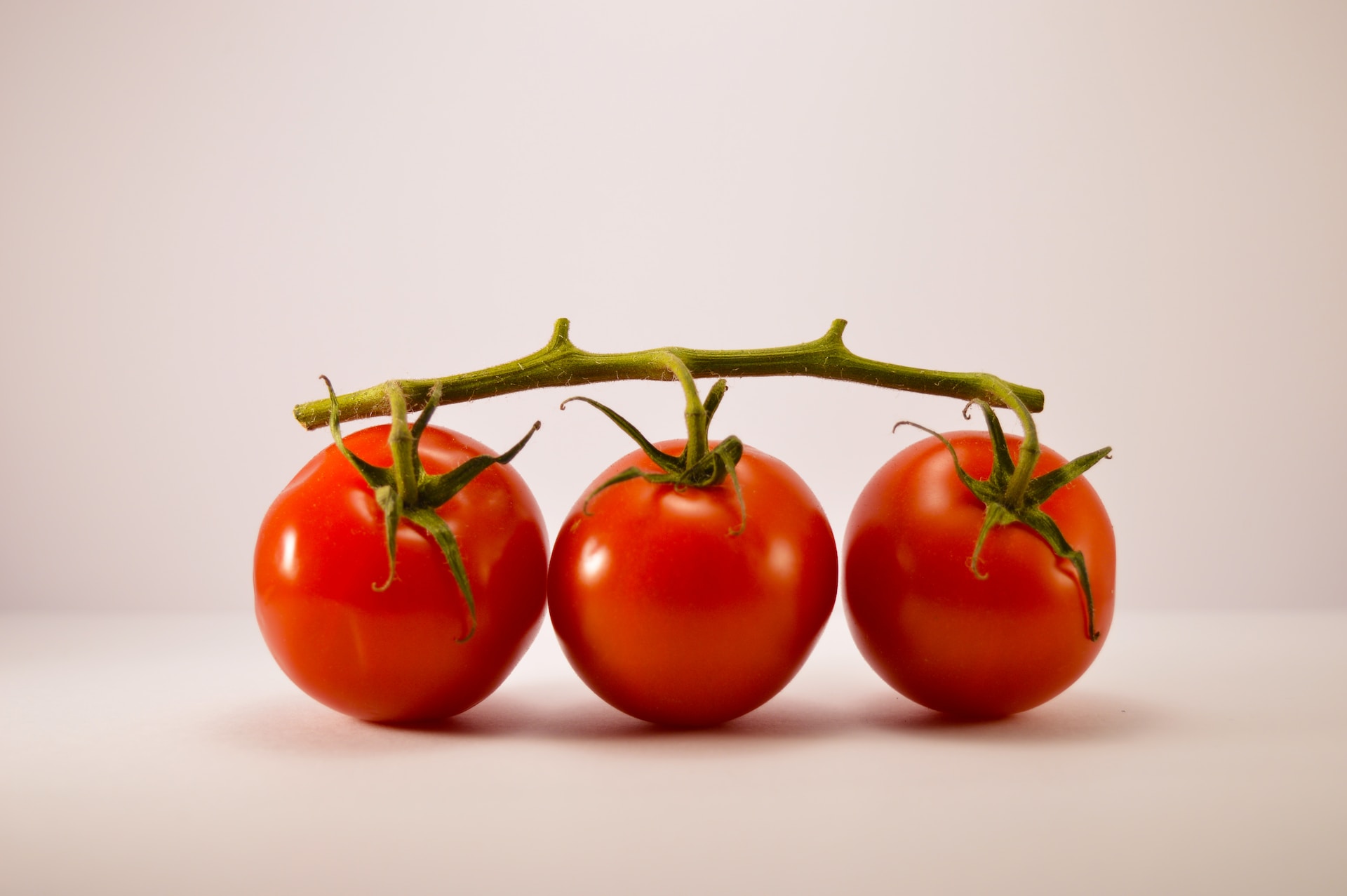 Photo by Alex Ghizila on Unsplash
Photo by Alex Ghizila on Unsplash
19. The Ancient Legacy of Bread
Bread is one of the oldest prepared foods, with evidence of bread-making dating back over 30,000 years. Ancient Egyptians were among the first to bake bread using yeast, revolutionizing the process and setting the foundation for modern bread-making.
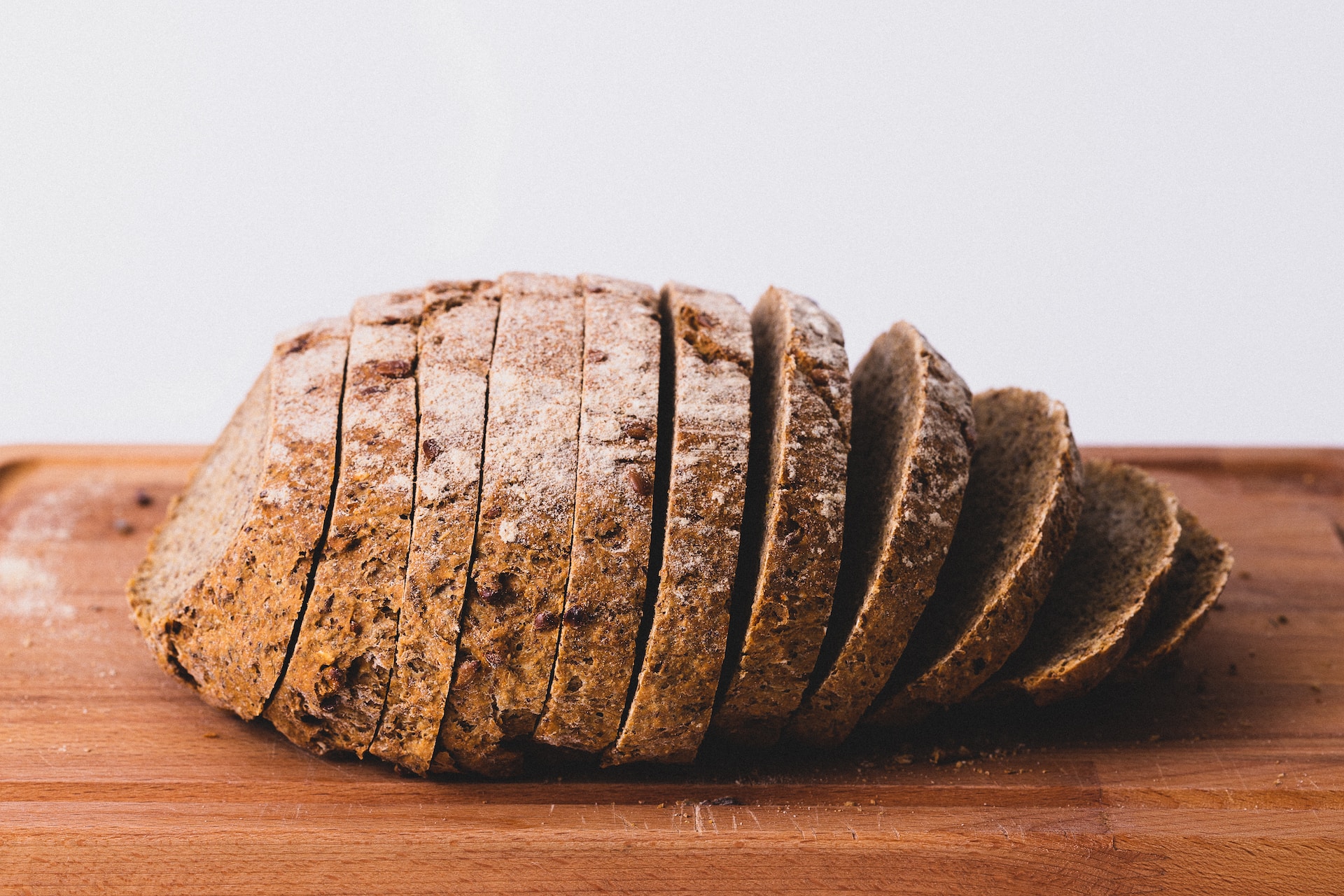 Photo by Jude Infantini on Unsplash
Photo by Jude Infantini on Unsplash
20. Mushrooms: The Fungi Delight
Mushrooms are a unique food item as they are neither plant nor animal. They belong to the fungi kingdom and have a distinct nutritional profile, being high in vitamins, minerals, and antioxidants, yet low in calories.
21. The Nutritional Powerhouse of Chia Seeds
Chia seeds, tiny black seeds from the Salvia hispanica plant, were an important food for the Aztecs and Mayans. They are packed with nutrients, including omega-3 fatty acids, carbohydrates, protein, fiber, antioxidants, and calcium.
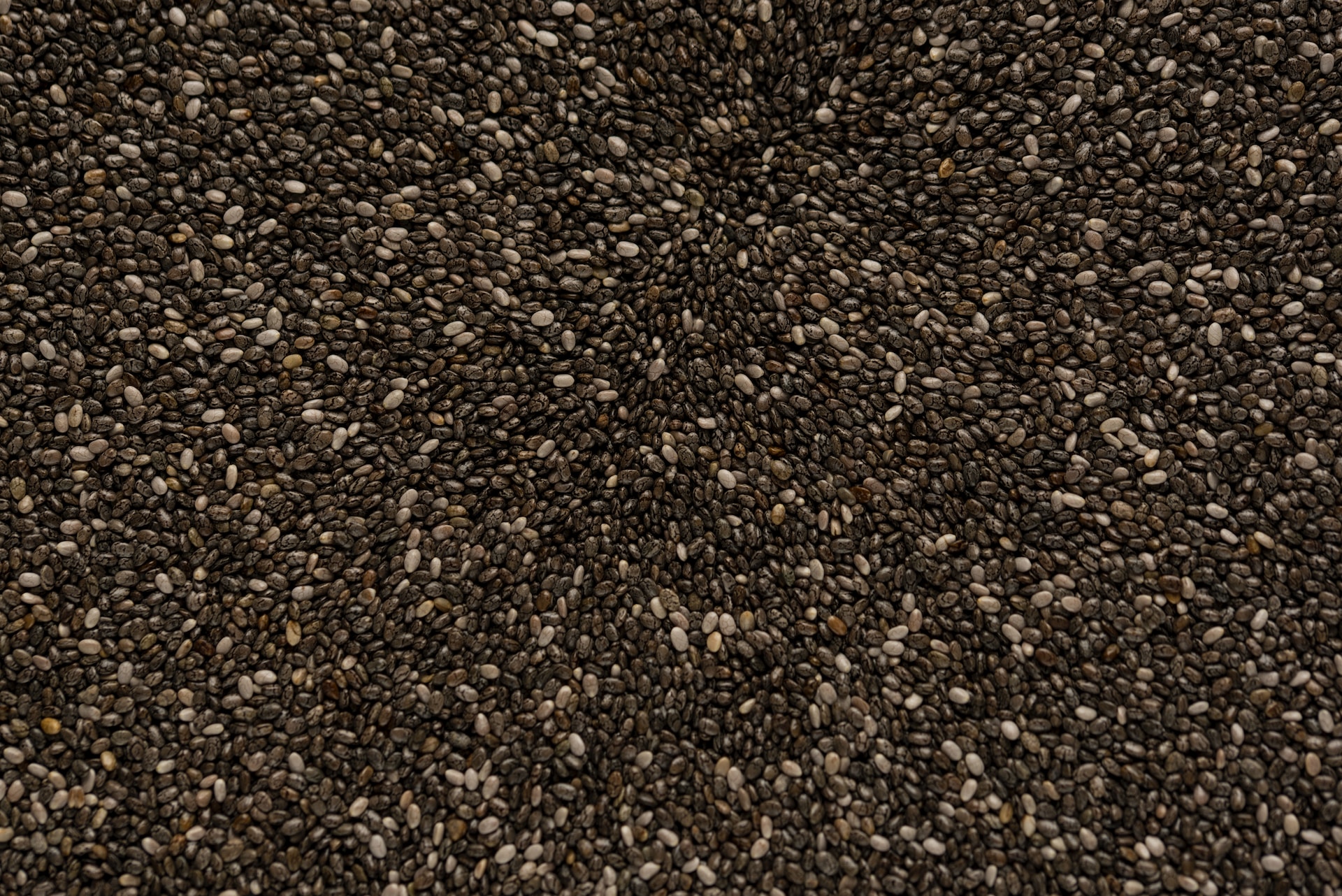 Photo by Joanna Kosinska on Unsplash
Photo by Joanna Kosinska on Unsplash
22. The Protective Skin of Fruits and Vegetables
Many fruits and vegetables, such as apples, cucumbers, and potatoes, have skins that are packed with nutrients and fiber. In fact, a significant percentage of the nutrients are contained in or just below the skin, making peeling them less nutritionally beneficial.
23. The Misunderstood Nature of MSG
Monosodium glutamate (MSG), often associated with Chinese cuisine, is a flavor enhancer that's been misunderstood. It's actually naturally present in foods like tomatoes and cheese and has been scientifically proven to be safe for consumption in normal amounts.
24. The Cultural Staple of Rice
Rice is a staple food for over half of the world's population. It's an essential part of many cultures' cuisines and is the second highest worldwide production after maize (corn), despite the fact that maize is produced more for reasons other than human consumption.
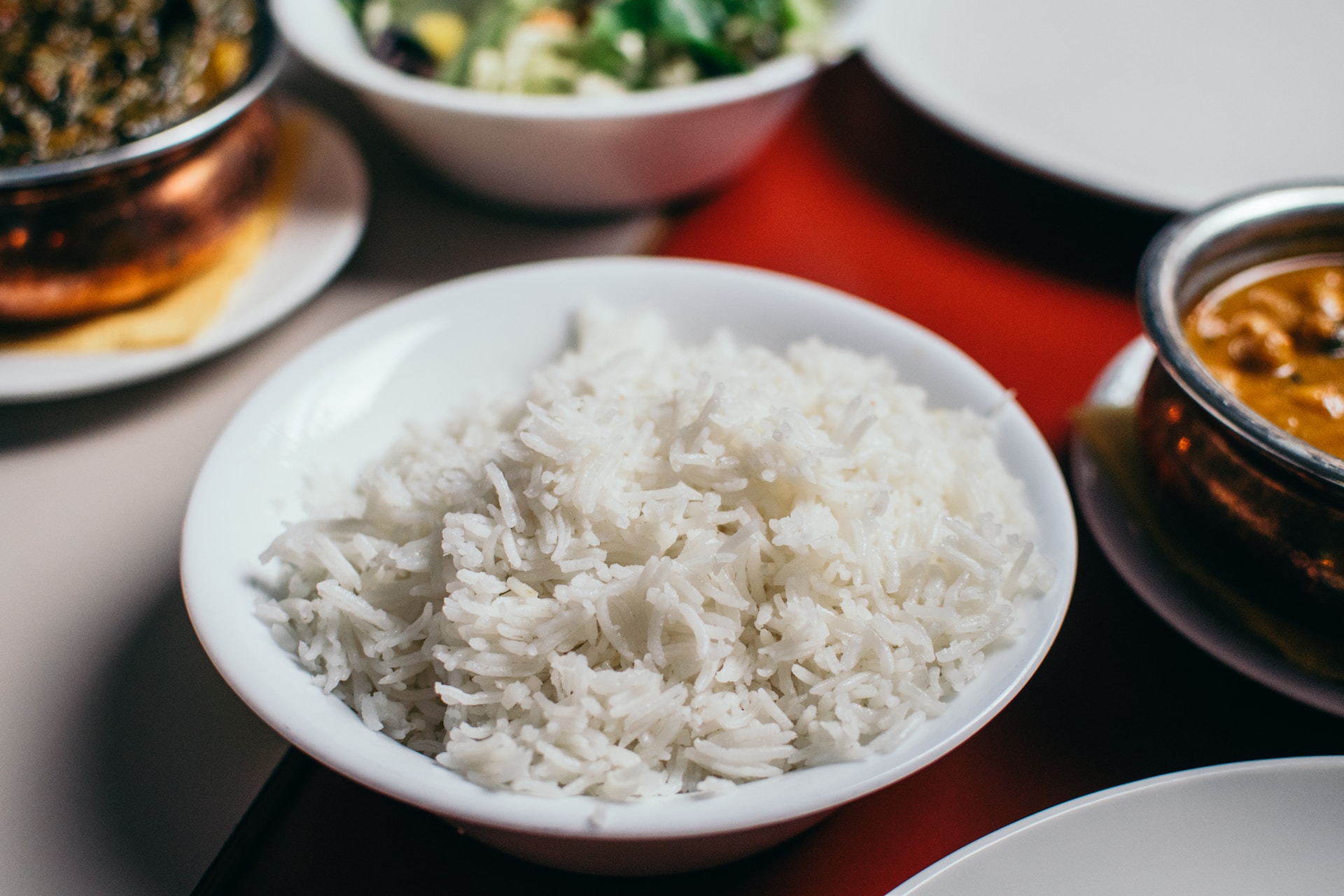 Photo by Pille R. Priske on Unsplash
Photo by Pille R. Priske on Unsplash
25. The Cooling Effect of Cucumbers
Cucumbers have a cooling effect on the body, which is why they're popular in summer salads and skincare. They are made up of about 95% water, making them incredibly hydrating and beneficial for overall health.
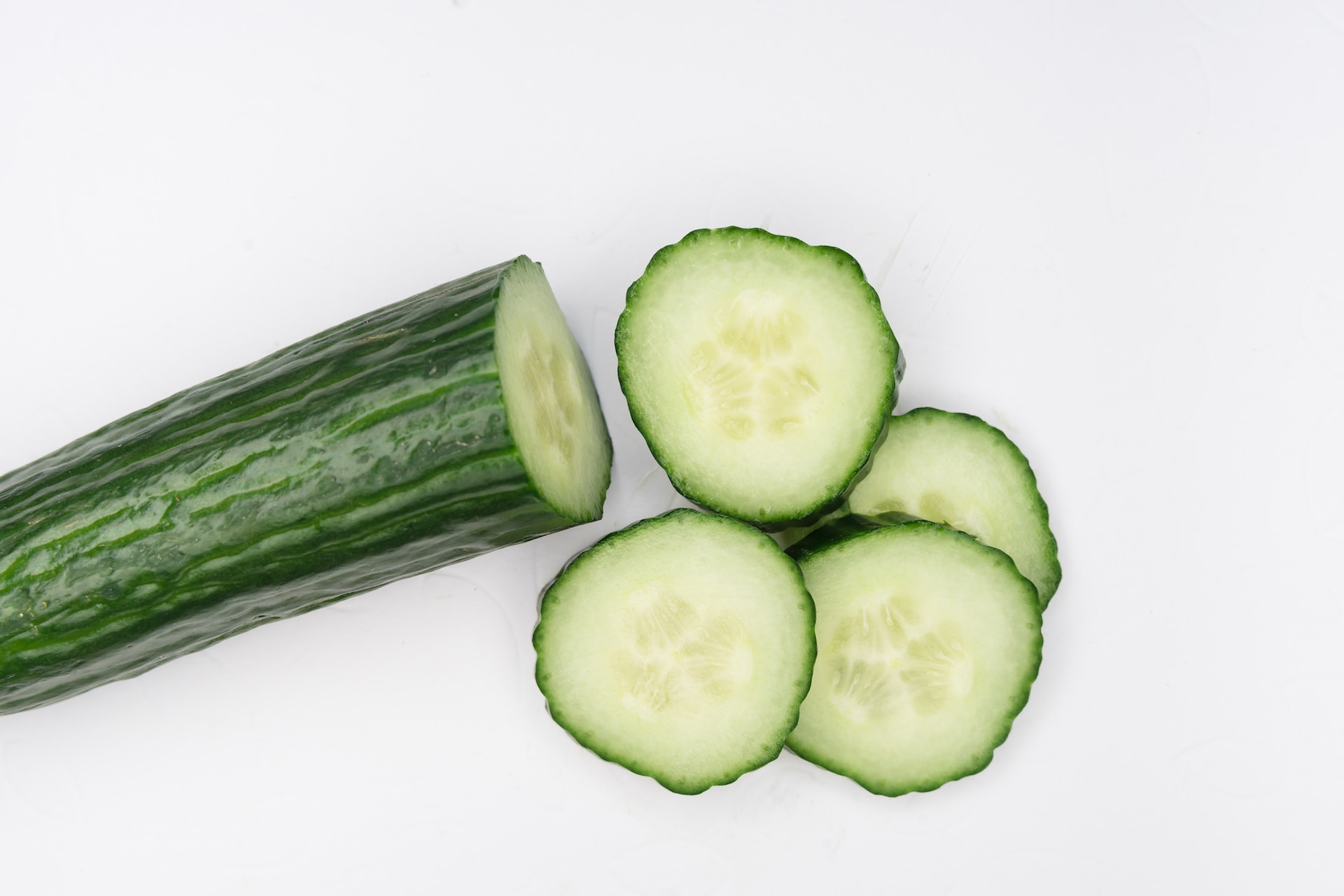 Photo by Markus Winkler on Unsplash
Photo by Markus Winkler on Unsplash
26. The Humble Origins of Corn
Corn, or maize, was domesticated from a wild grass called teosinte in southern Mexico about 7,000 years ago. It has undergone significant genetic changes over centuries of cultivation and selective breeding, resulting in the diverse varieties we have today.
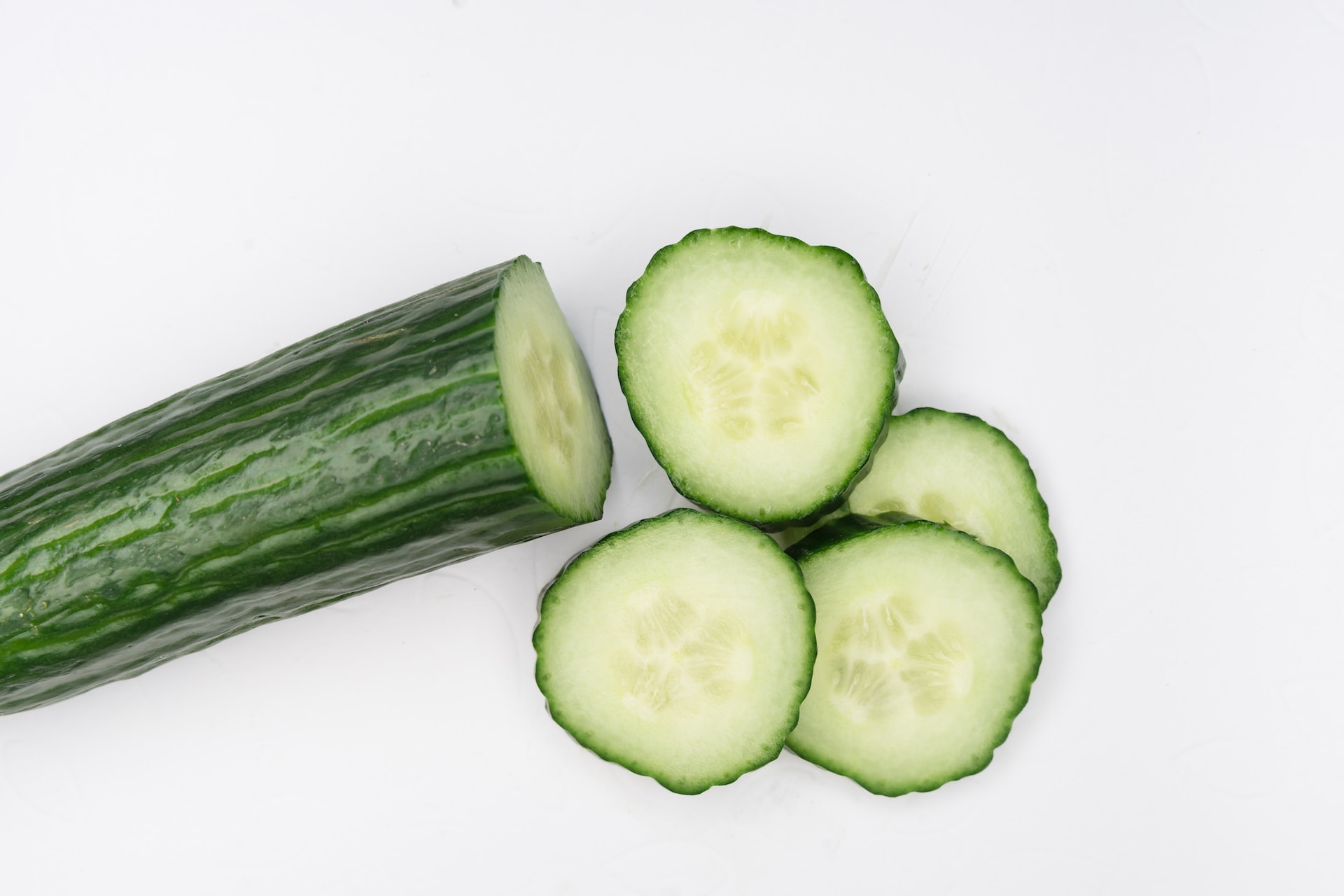 Photo by Markus Winkler on Unsplash
Photo by Markus Winkler on Unsplash
27. The Contrasting Flavors of Salt
Not all salt is created equal. Sea salt, Himalayan pink salt, and table salt all have distinct tastes and mineral compositions. The differences arise from how the salts are processed and where they are harvested from.
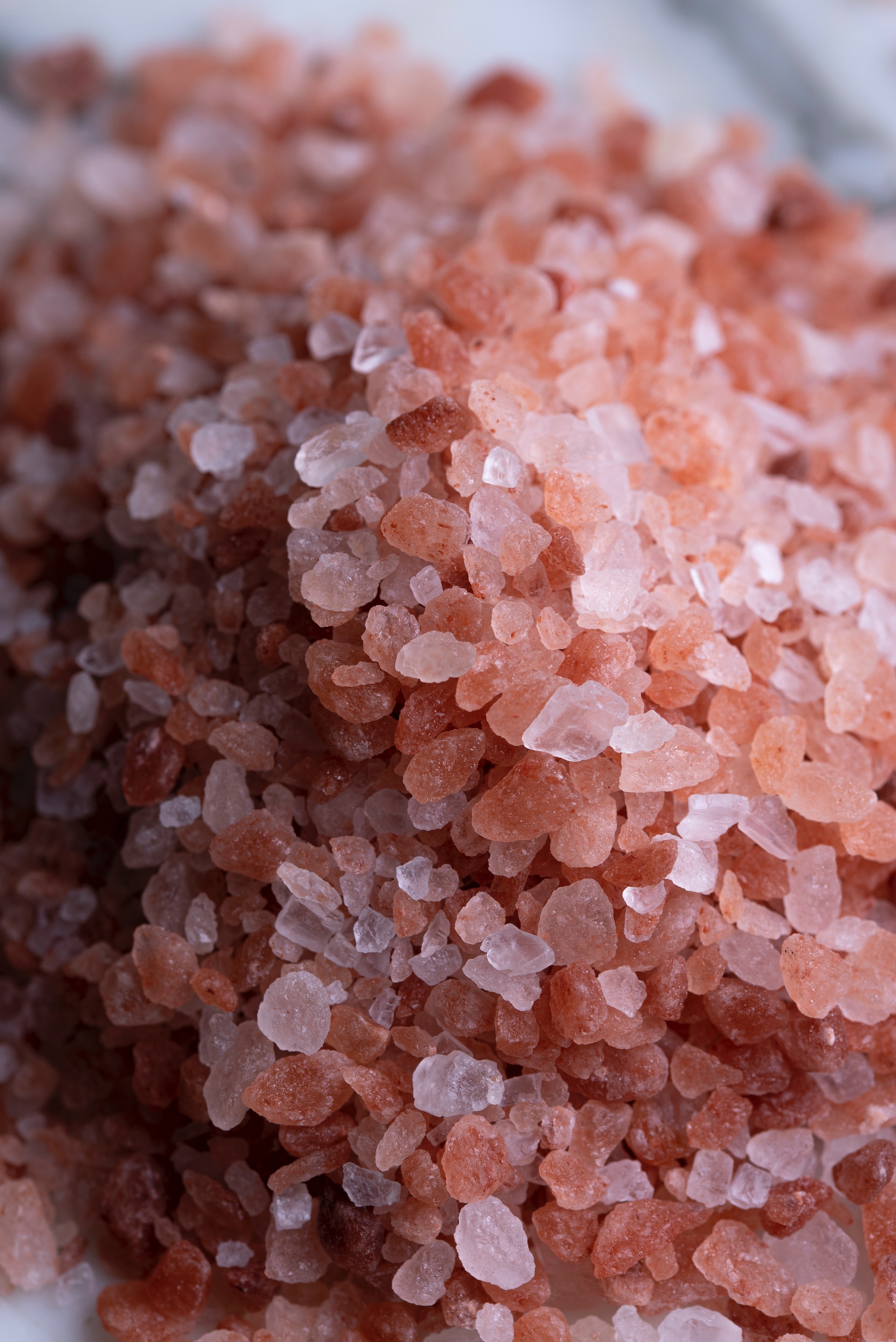 Photo by Jane Gonzalez on Unsplash
Photo by Jane Gonzalez on Unsplash
28. The Versatility of Eggplants
Eggplants, also known as aubergines, are incredibly versatile in cooking. They can be baked, roasted, grilled, or sautéed and are popular in a variety of cuisines, from Italian to Indian. Their sponge-like texture allows them to absorb flavors well.
 Photo by PhotographyCourse on Unsplash
Photo by PhotographyCourse on Unsplash
29. The Hidden Strength of Spinach
Spinach is not only rich in iron and vitamins but also contains plant compounds that can improve eye health and help prevent oxidative damage. The famous association of spinach with strength, popularized by the cartoon character Popeye, is based on its rich nutritional profile.
 Photo by Mikey Frost on Unsplash
Photo by Mikey Frost on Unsplash
30. The Fiery World of Mustard
Mustard, made from the seeds of the mustard plant, comes in various forms and flavors. From the mild yellow mustard popular in the United States to the strong and spicy Dijon mustard of France, it's a condiment that spans a wide flavor spectrum.
31. The Secret Behind Popcorn's Pop
Popcorn pops because each kernel contains a small amount of water stored in a circle of soft starch. When heated, the water turns to steam, and the pressure inside the kernel builds until it explodes, turning the kernel inside out.
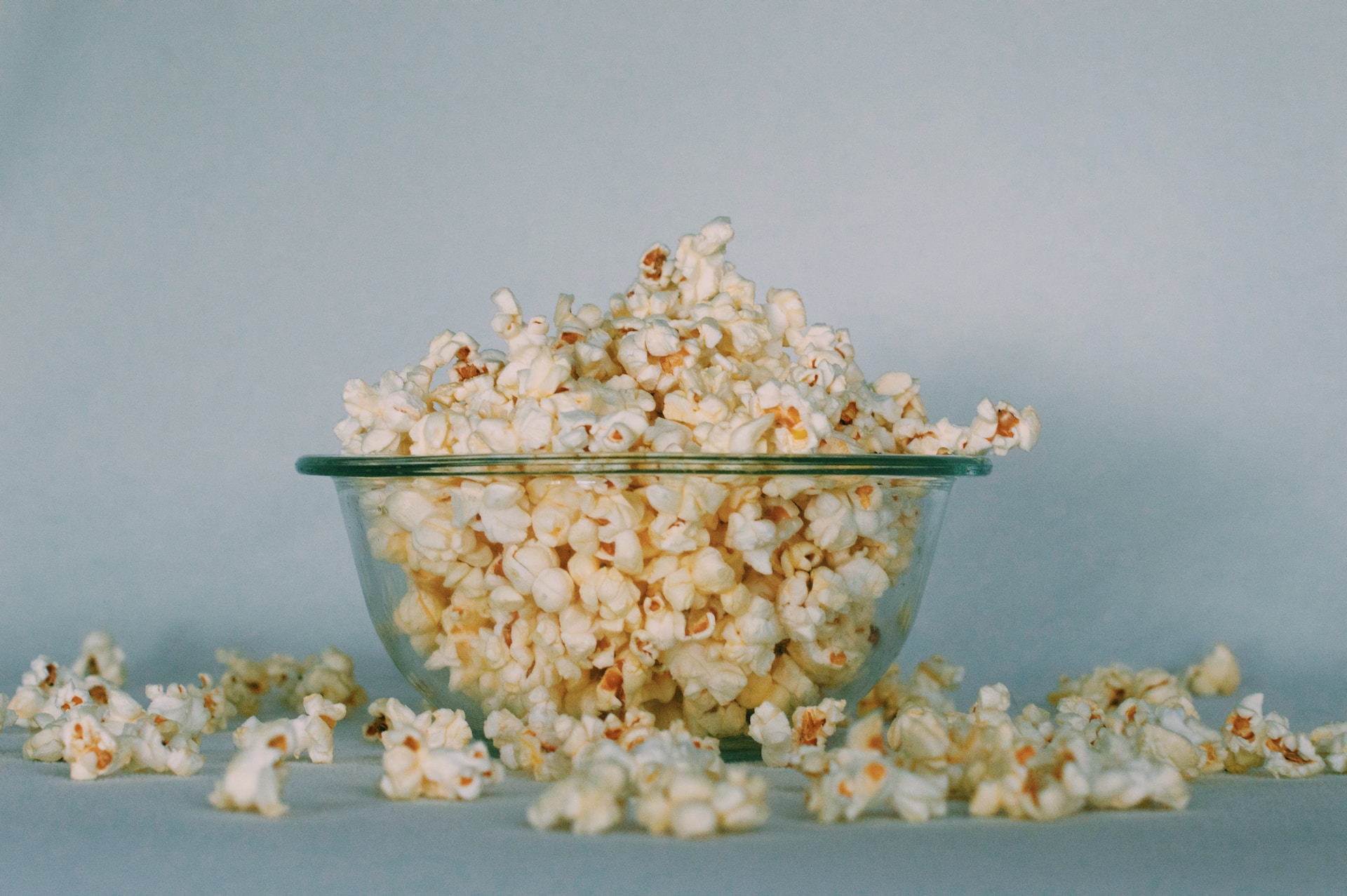 Photo by Georgia Vagim on Unsplash
Photo by Georgia Vagim on Unsplash
32. The Ancient Beverage of Tea
Tea is one of the oldest beverages in history, with records of its consumption dating back over 3,000 years in China. Today, it's the second most consumed drink in the world, surpassed only by water.
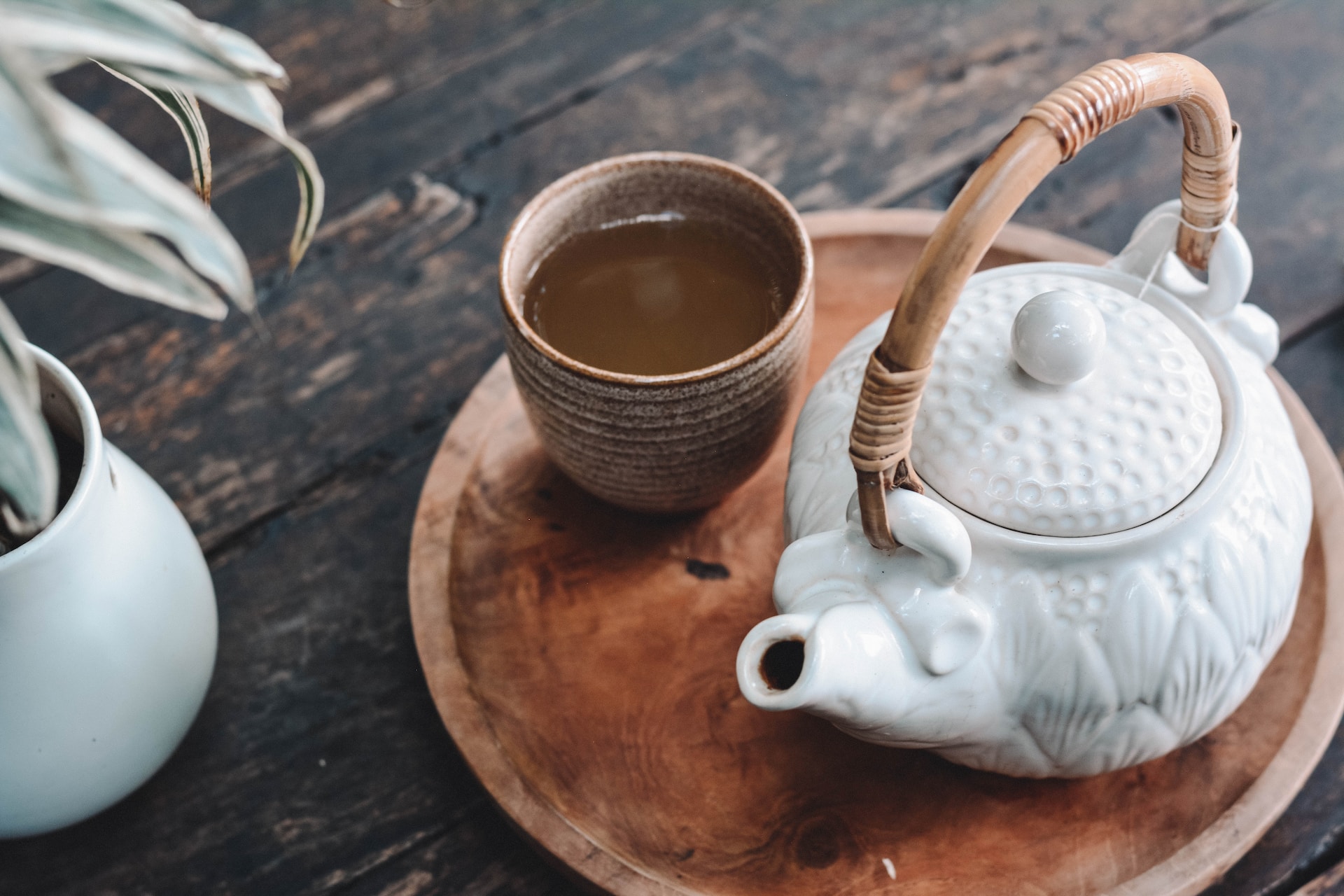 Photo by Content Pixie on Unsplash
Photo by Content Pixie on Unsplash
33. The Diversity of Apples
There are over 7,500 varieties of apples grown around the world. This diversity means apples come in a range of flavors, colors, and textures, making them incredibly versatile for cooking and eating.
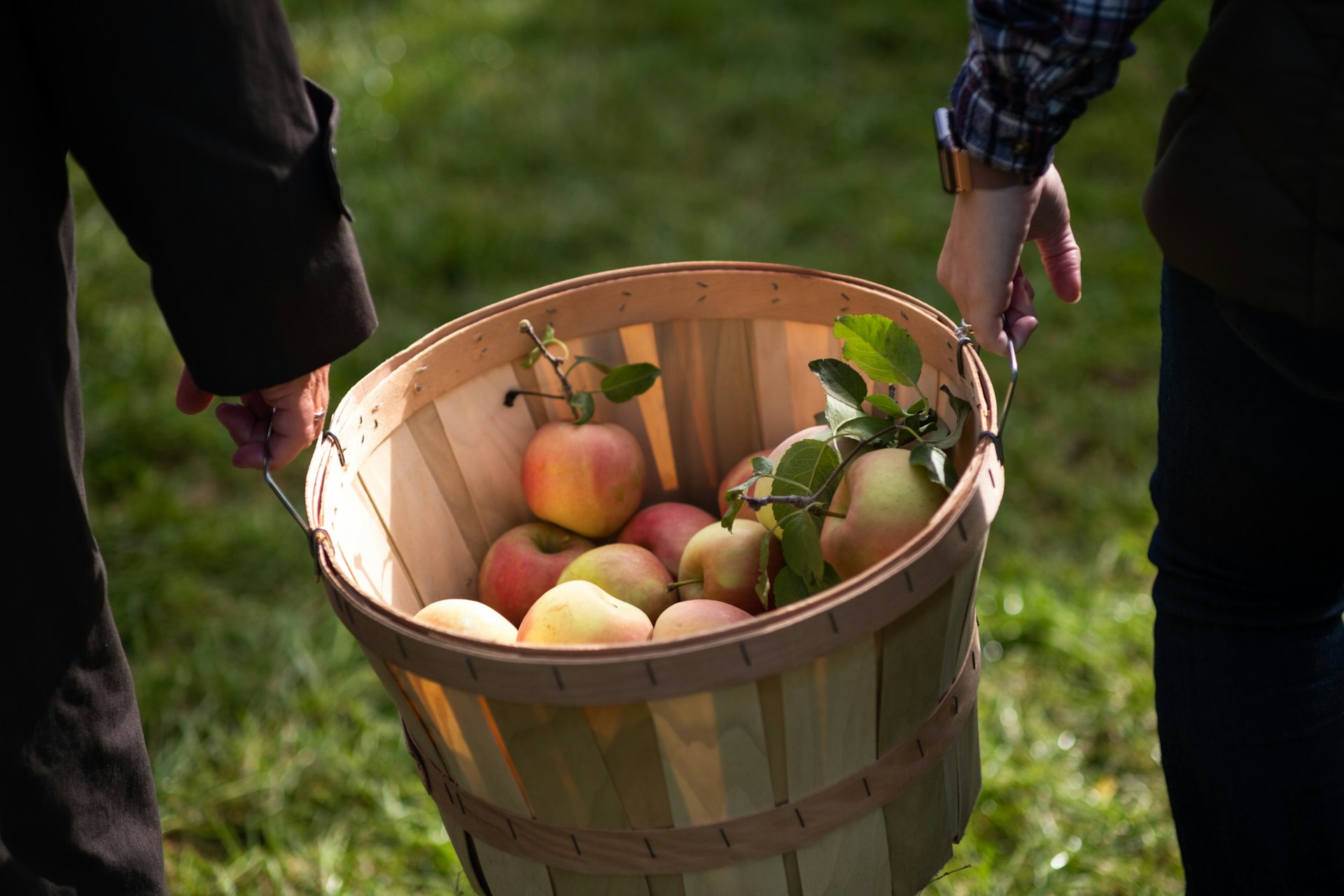 Photo by Ryan Arnst on Unsplash
Photo by Ryan Arnst on Unsplash
34. The Natural Sugar in Carrots
Carrots have a higher natural sugar content than any other vegetable, which is why they taste sweet. They are a great source of beta-carotene, fiber, vitamin K1, potassium, and antioxidants.
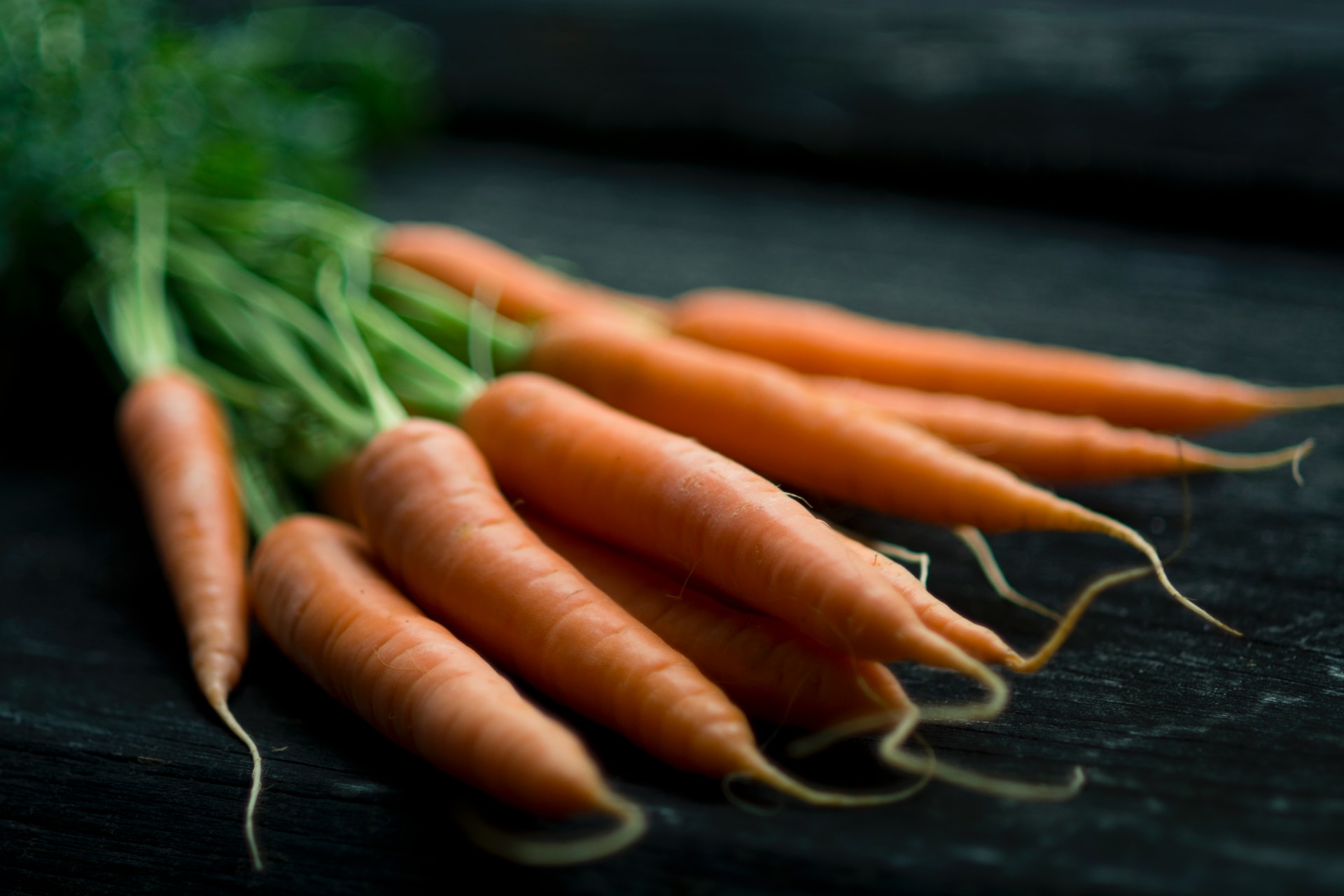 Photo by Jonathan Pielmayer on Unsplash
Photo by Jonathan Pielmayer on Unsplash
35. The Surprising Protein in Broccoli
Broccoli contains more protein per calorie than a steak. While you would need to eat a lot more broccoli to get the same amount of protein as you would from a steak, it's an excellent protein source for vegetarians and vegans.
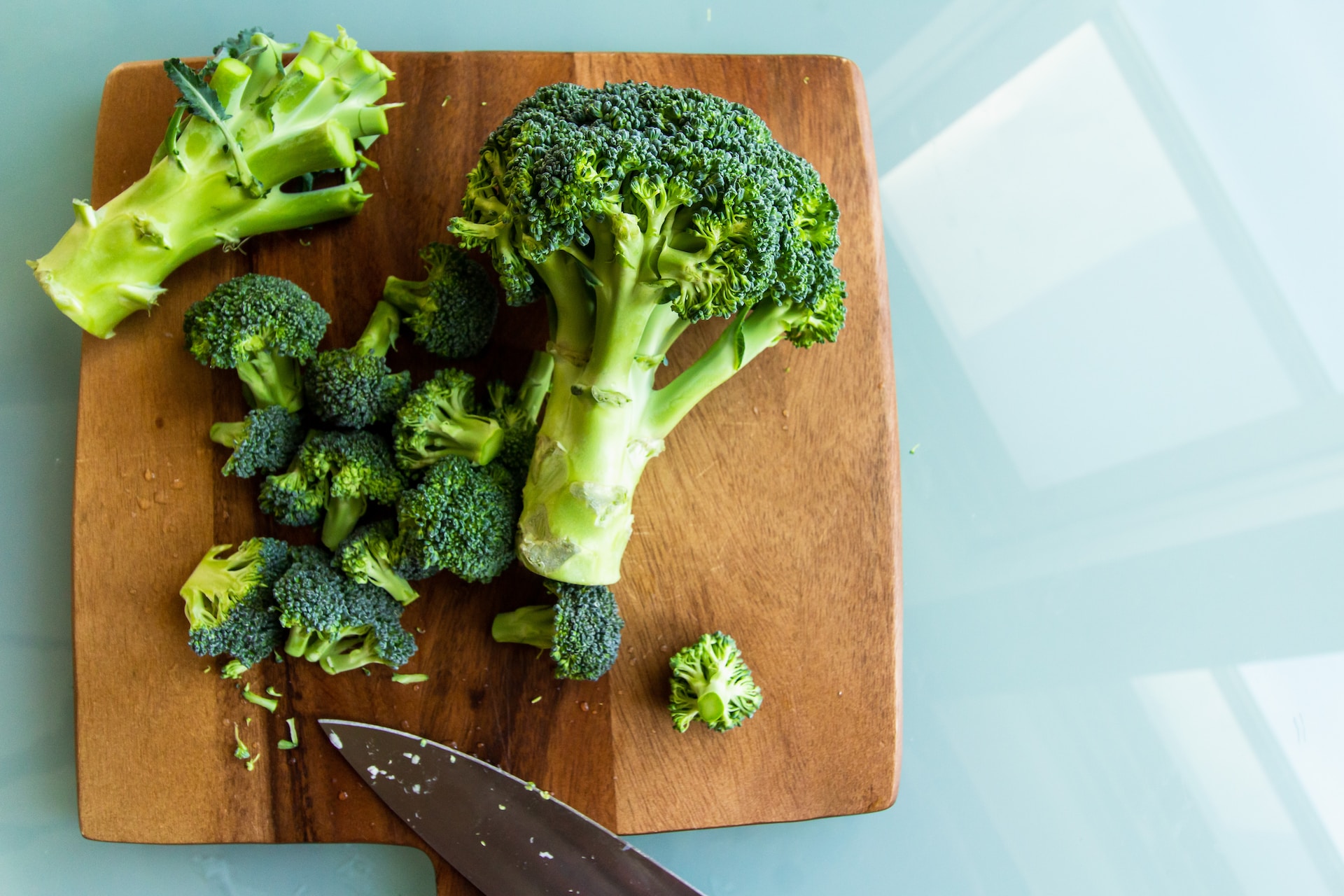 Photo by Louis Hansel on Unsplash
Photo by Louis Hansel on Unsplash
36. The Art of Fermentation: Kimchi and Sauerkraut
Kimchi and sauerkraut are both made through fermentation, which preserves the vegetables and gives them a distinct sour flavor. This process also boosts their nutritional value by increasing beneficial bacteria, known as probiotics.
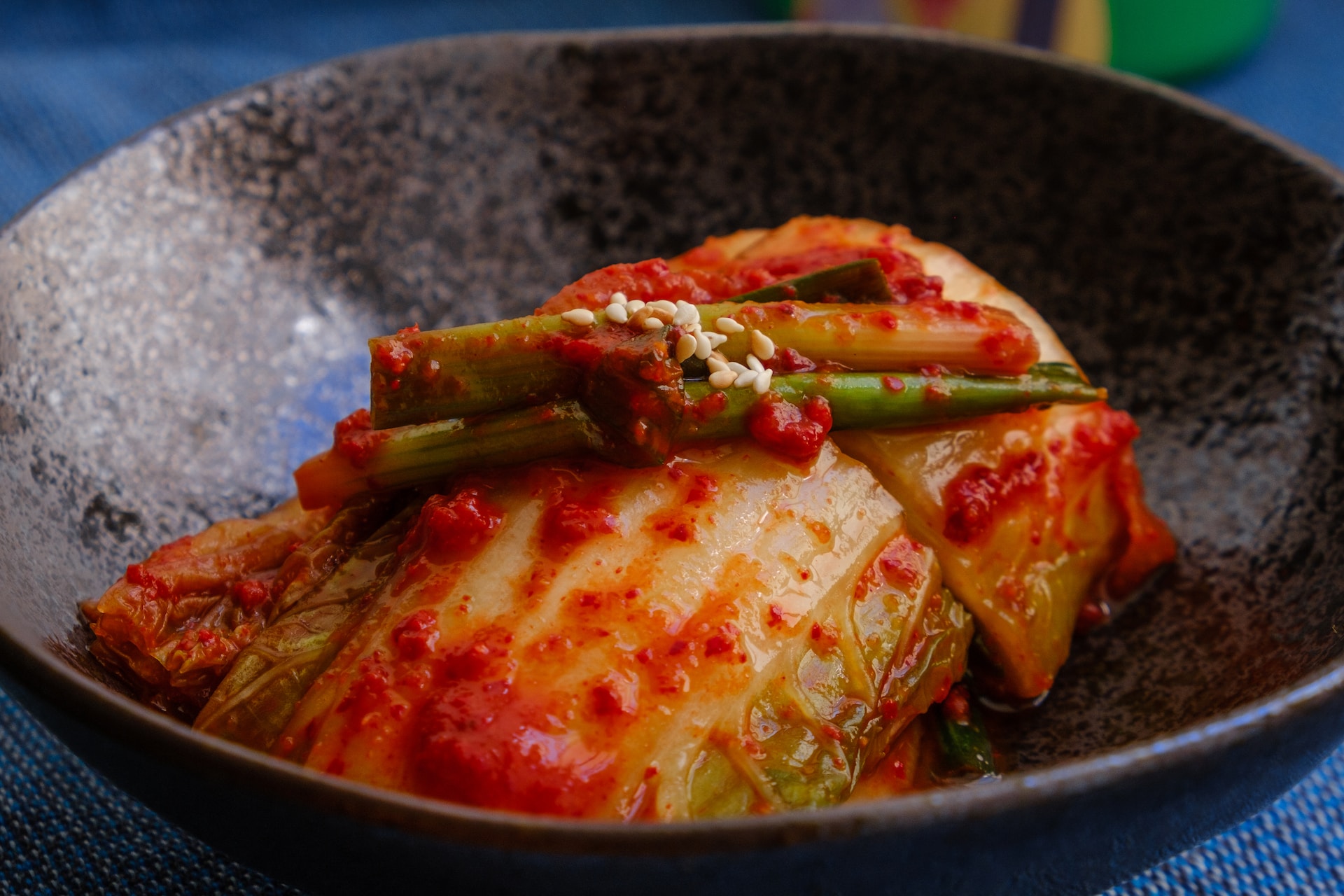 Photo by Portuguese Gravity on Unsplash
Photo by Portuguese Gravity on Unsplash
37. The Mighty Pistachio
Pistachios are not only tasty but also loaded with nutrients. They contain more potassium and vitamin K per serving than other nuts, making them a power-packed snack.
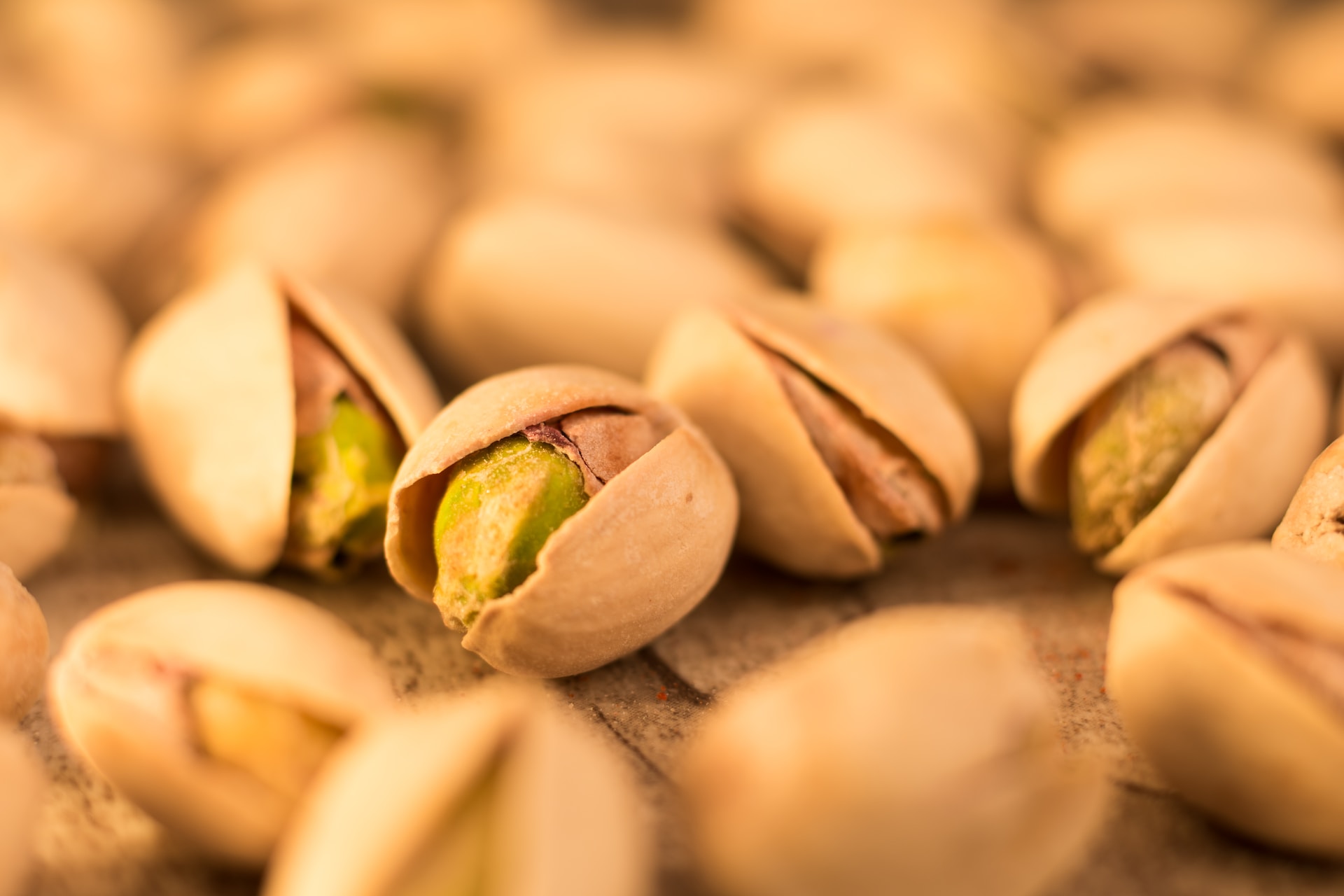 Photo by Theo Crazzolara on Unsplash
Photo by Theo Crazzolara on Unsplash
38. The Everlasting Gobstopper of Nature: Twinkies
Contrary to popular belief, Twinkies have a shelf life of approximately 45 days. They're often joked about as a food that could survive an apocalypse due to their preservatives and packaging.
 Christian Cable from Canterbury, United Kingdom on Wikimedia Commons
Christian Cable from Canterbury, United Kingdom on Wikimedia Commons
39. The World's Most Popular Fruit: Tomatoes
Tomatoes are the most popular fruit in the world, surpassing apples and bananas in terms of consumption. They are a key ingredient in cuisines around the globe, from Italian to Mexican dishes.
40. The Nutritional Density of Kale
Kale is one of the most nutrient-dense foods on the planet. It's loaded with vitamins A, K, C, B6, manganese, calcium, copper, potassium, and magnesium.
41. The Slow Growth of Asparagus
Asparagus can take two to three years from seed to harvest. This slow maturation is necessary for the plant to develop a strong enough root system to support the edible spears.
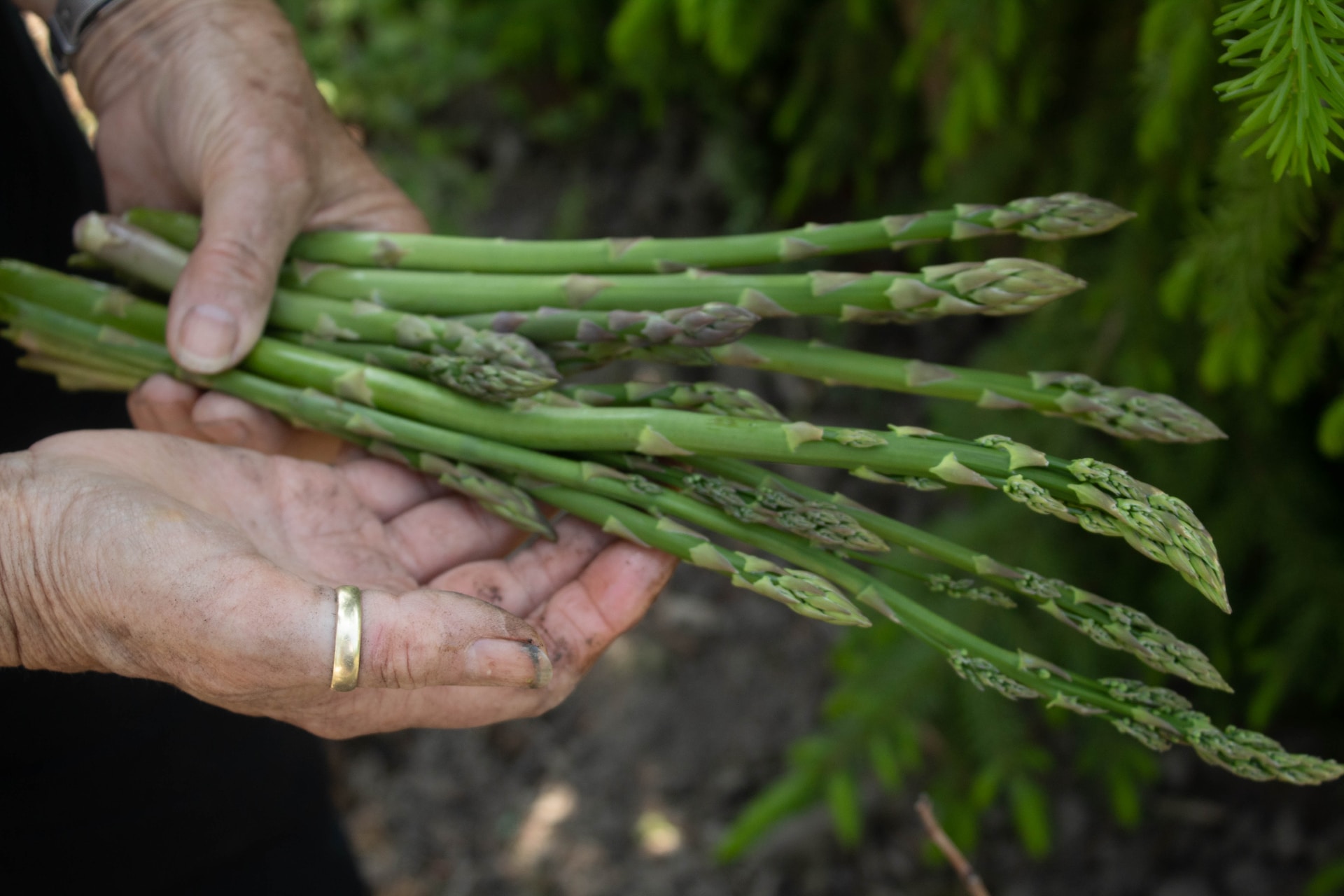 Photo by Inge Poelman on Unsplash
Photo by Inge Poelman on Unsplash
42. The Versatility of Coconut
Coconut is a remarkably versatile fruit used in various forms in cooking. Coconut milk, cream, oil, and water are all derived from different parts of the fruit and used in dishes worldwide.
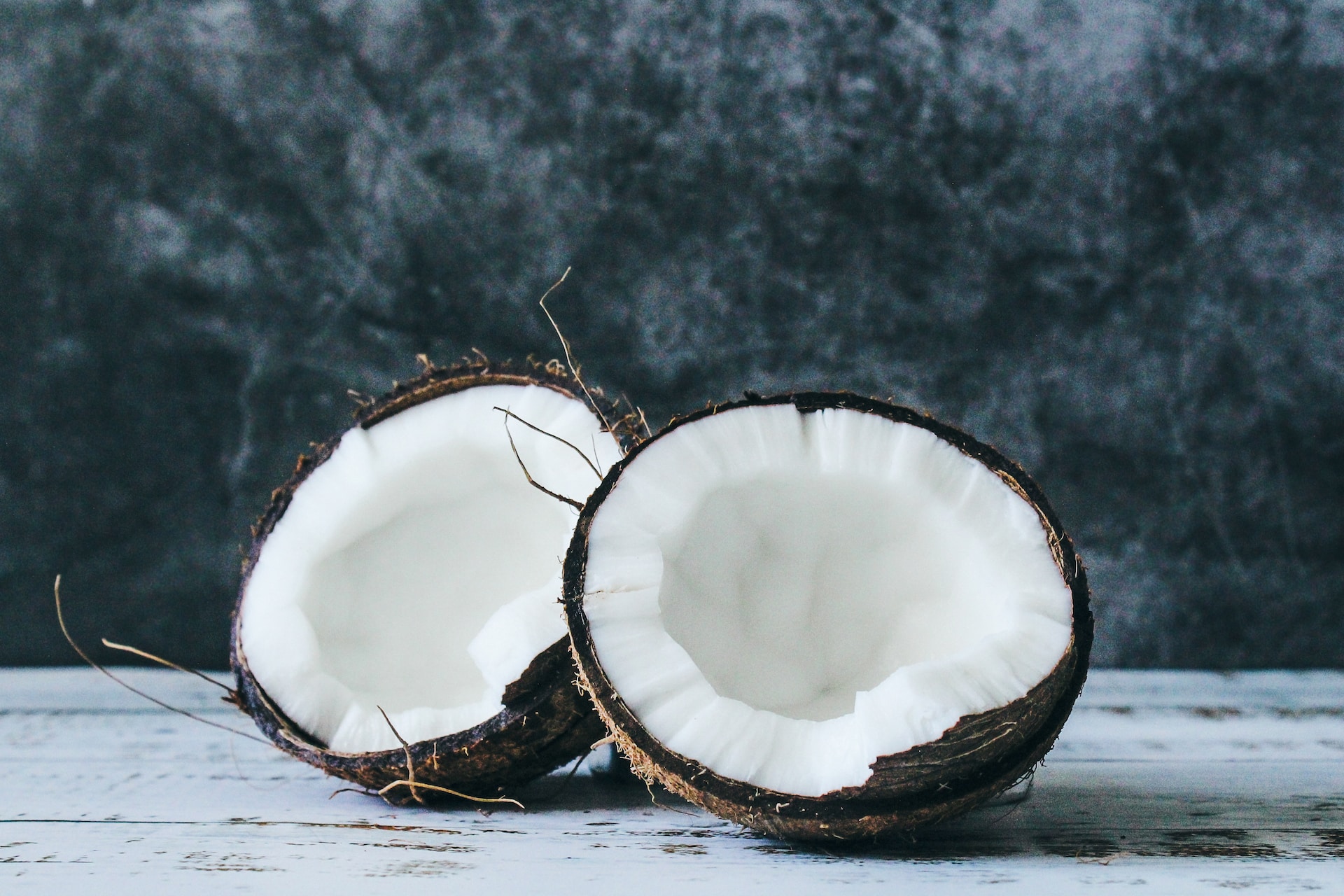 Photo by Tijana Drndarski on Unsplash
Photo by Tijana Drndarski on Unsplash
43. The Classic Combination of Chocolate and Mint
The combination of chocolate and mint is known as a "perfect pairing" due to the way the flavors complement each other. This is because mint has a cooling effect, which balances the richness of chocolate.
 Photo by Rob Sarmiento on Unsplash
Photo by Rob Sarmiento on Unsplash
44. The Hydrating Power of Watermelon
Watermelon is about 92% water, making it one of the most hydrating fruits available. It's also packed with antioxidants, vitamins, and minerals, making it a refreshing and healthy summer treat.
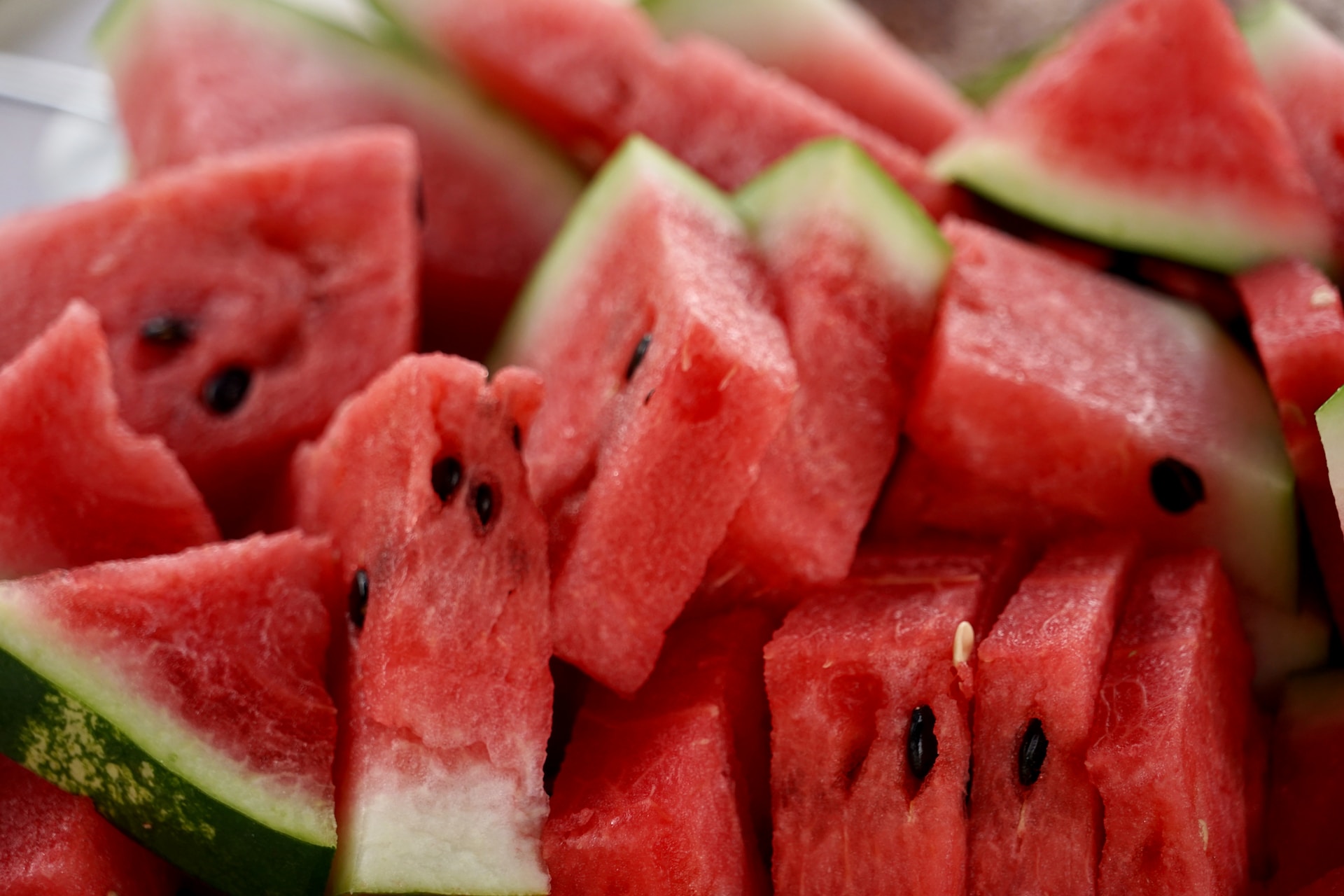 Photo by Floh Keitgen on Unsplash
Photo by Floh Keitgen on Unsplash
45. The Flavor Enhancer: Salt
Salt is not just a seasoning but a flavor enhancer. It reduces bitterness, enhances sweet and savory notes, and helps balance other flavors within the dish, making it a cornerstone of cooking worldwide.
KEEP ON READING
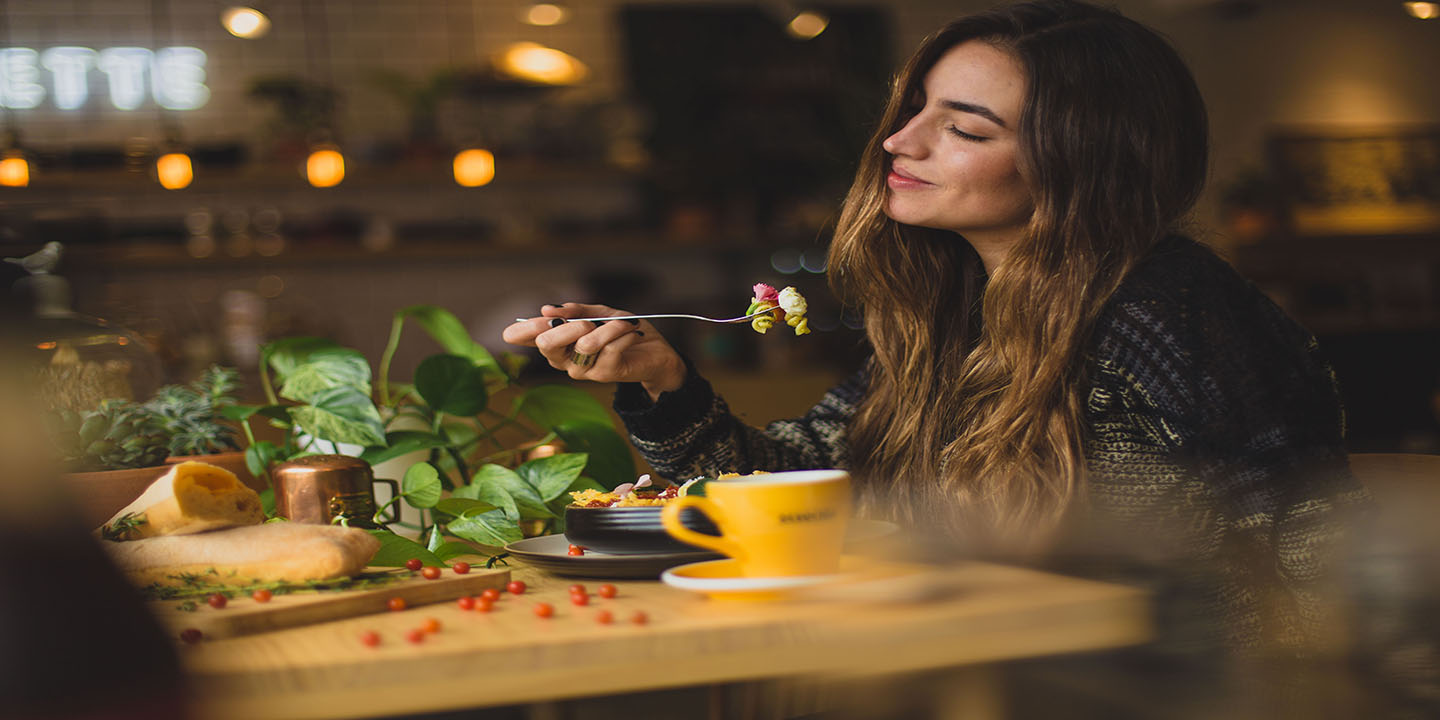
The Most Popular Signature Dishes Around the World
